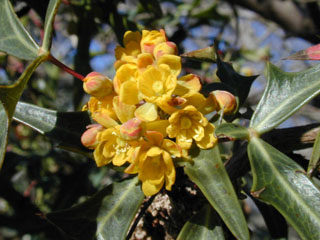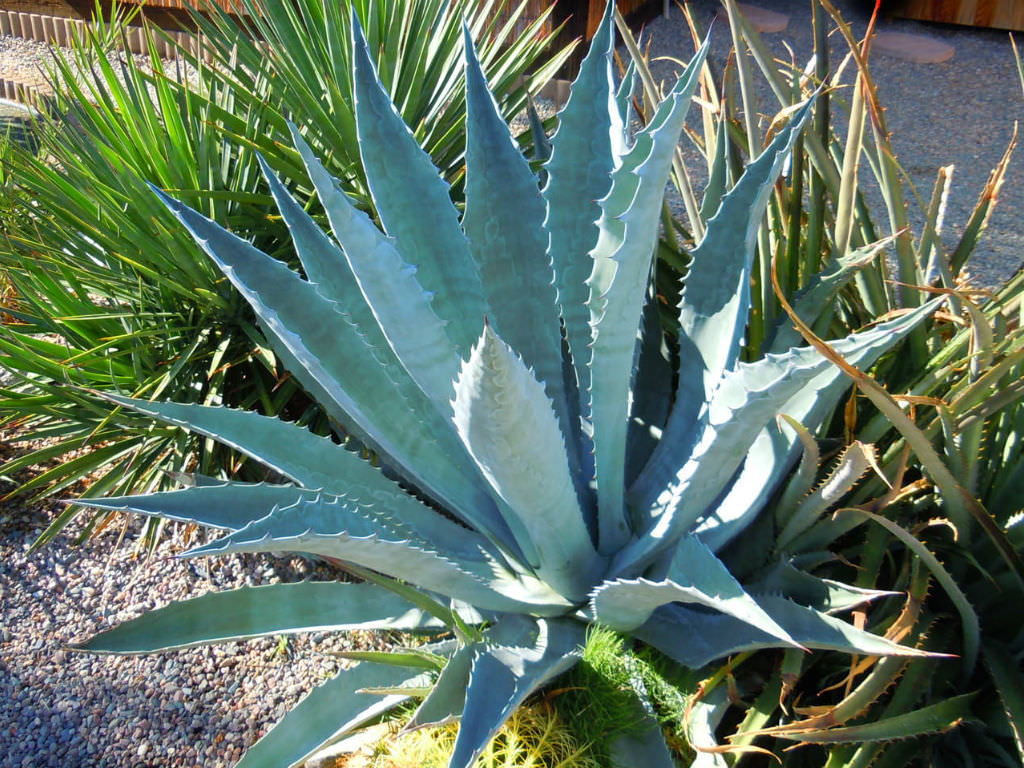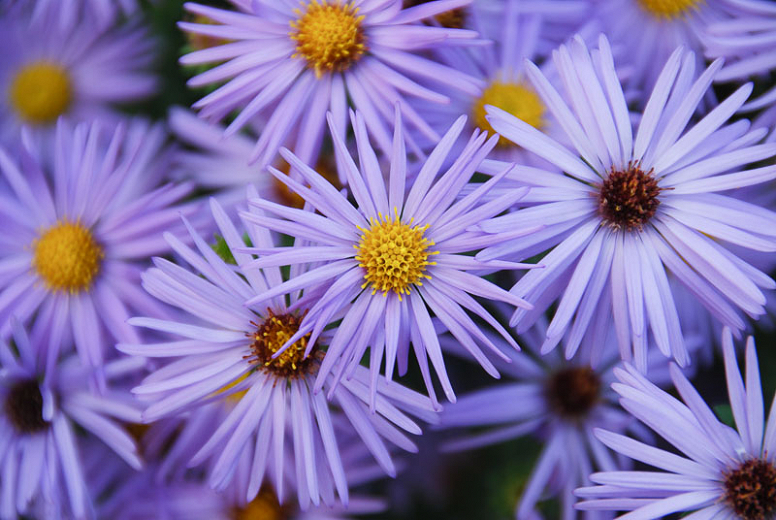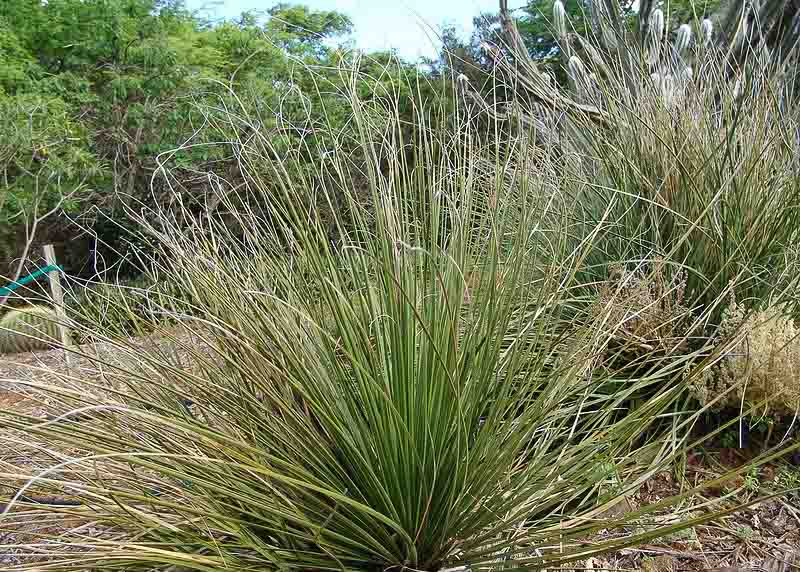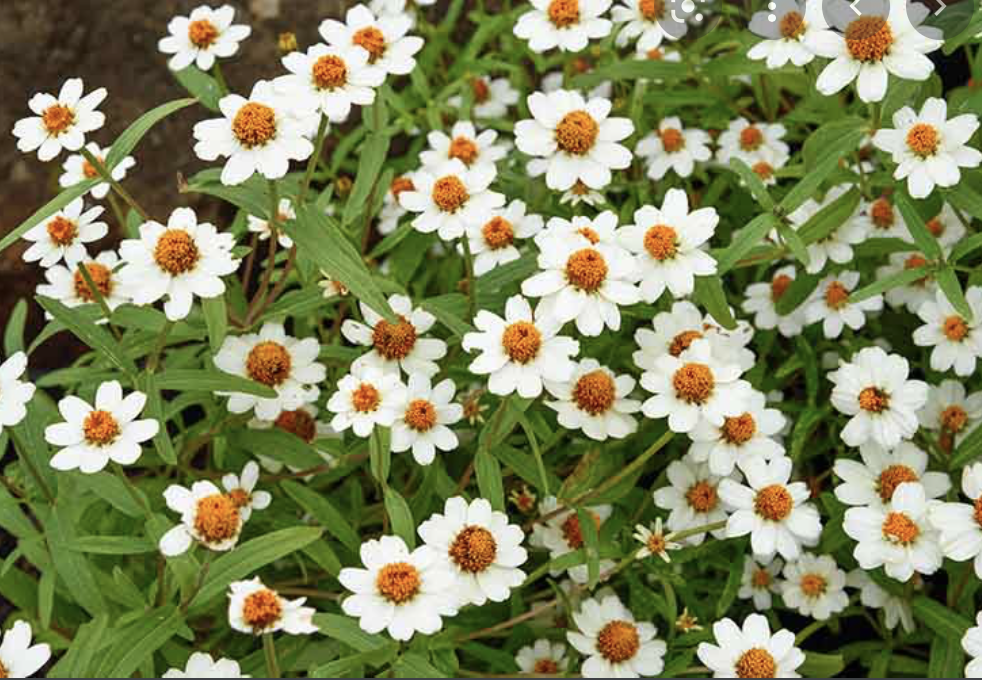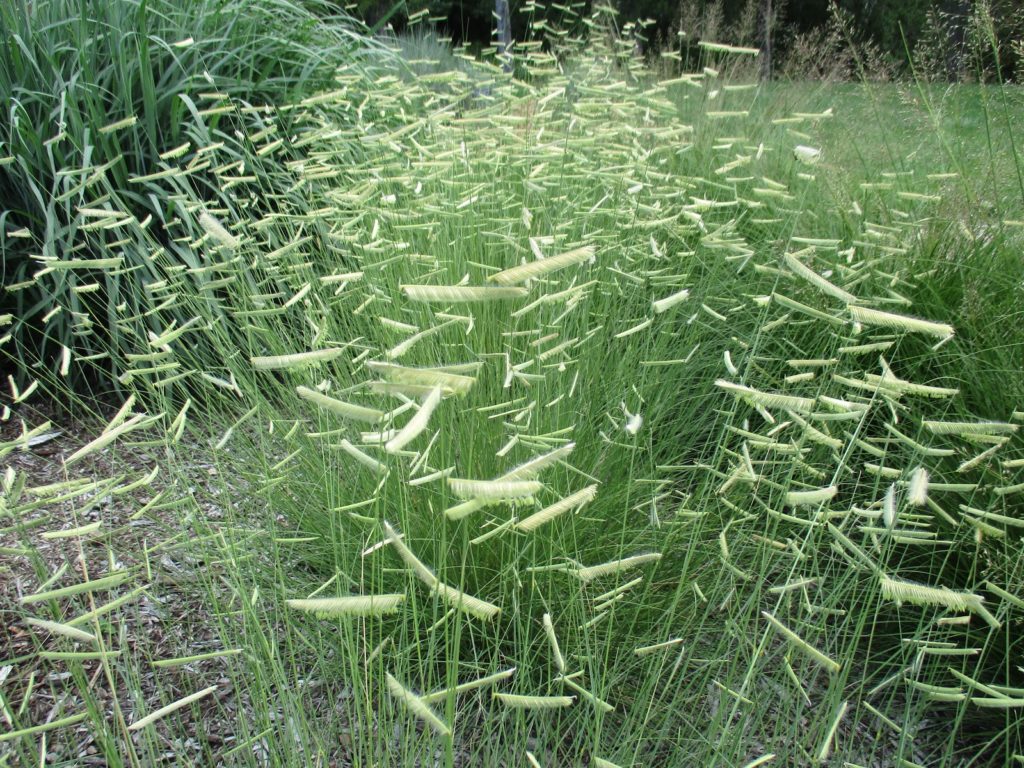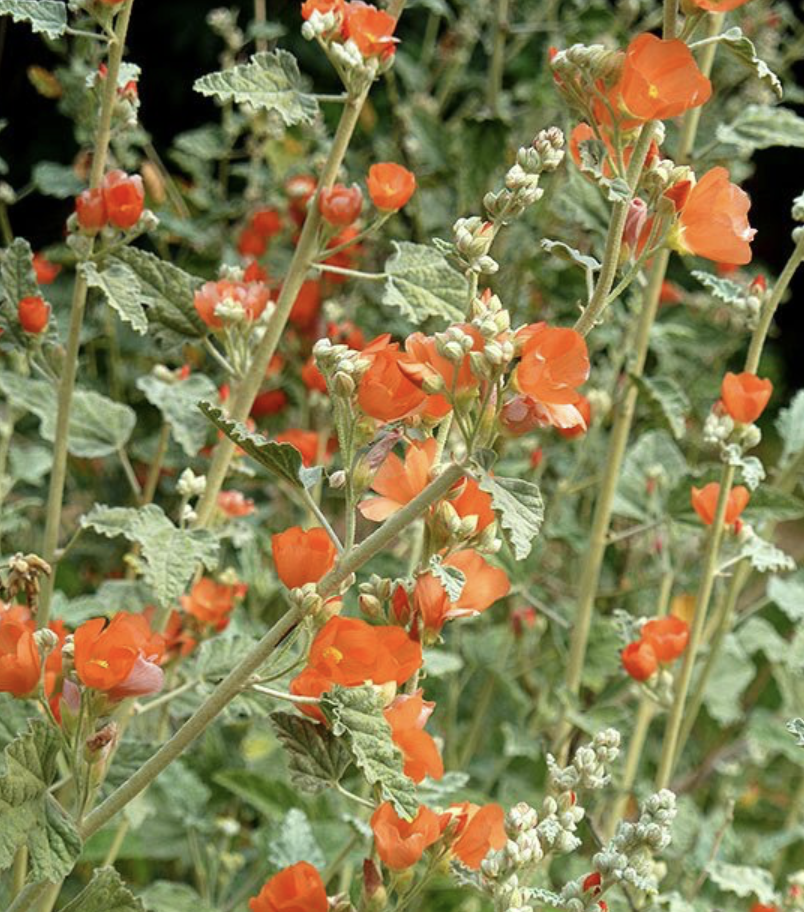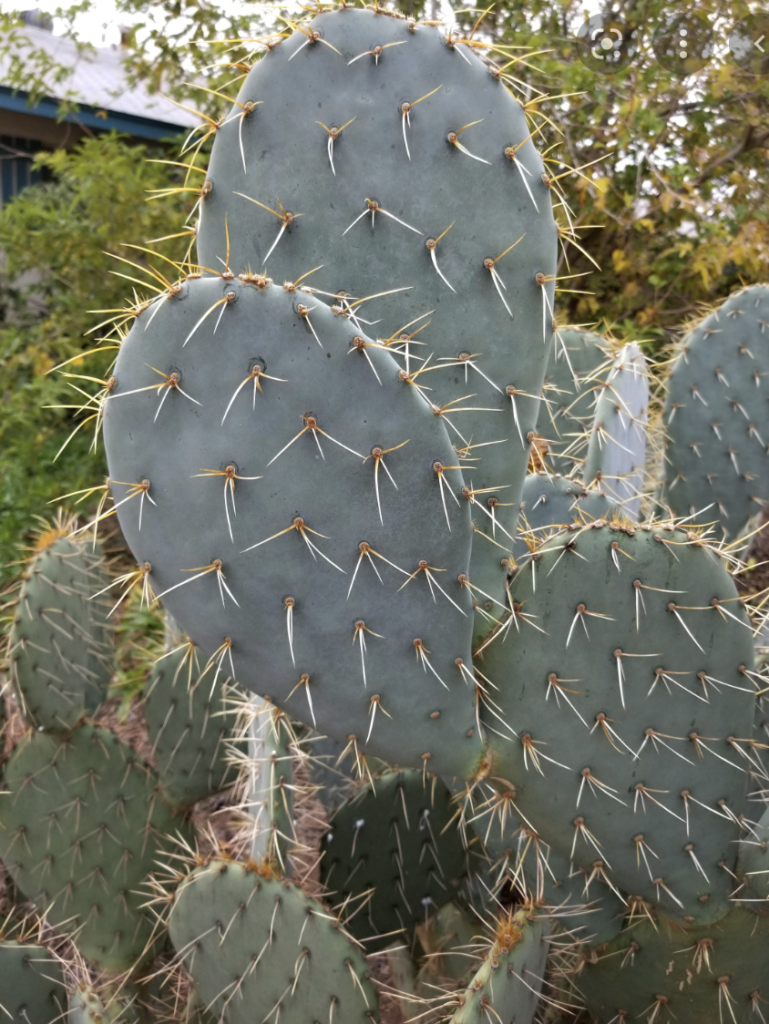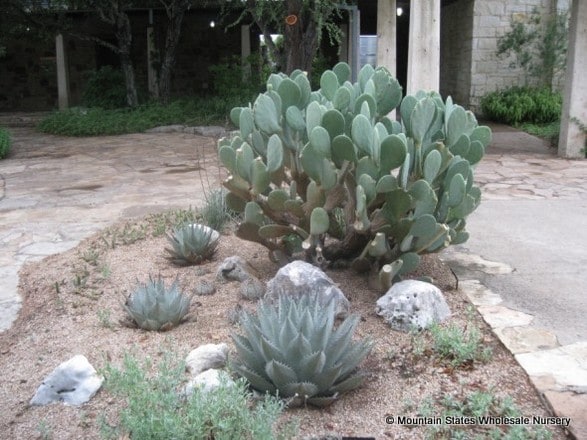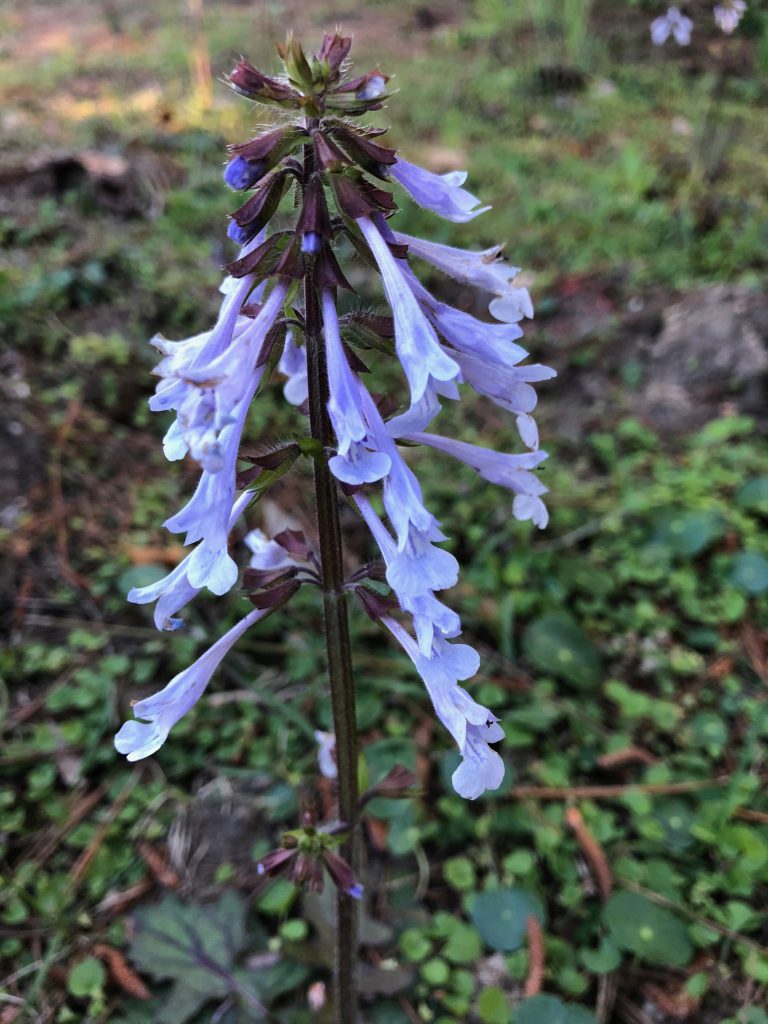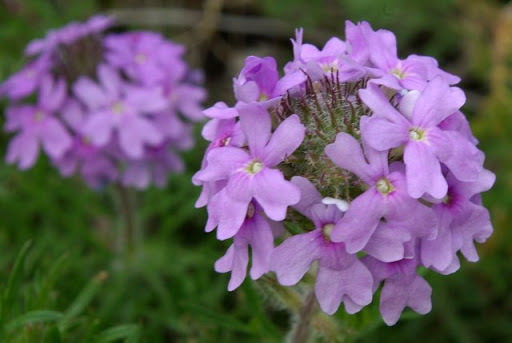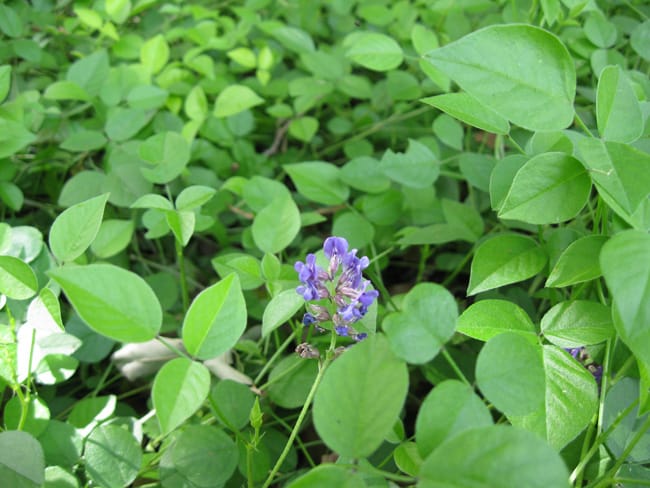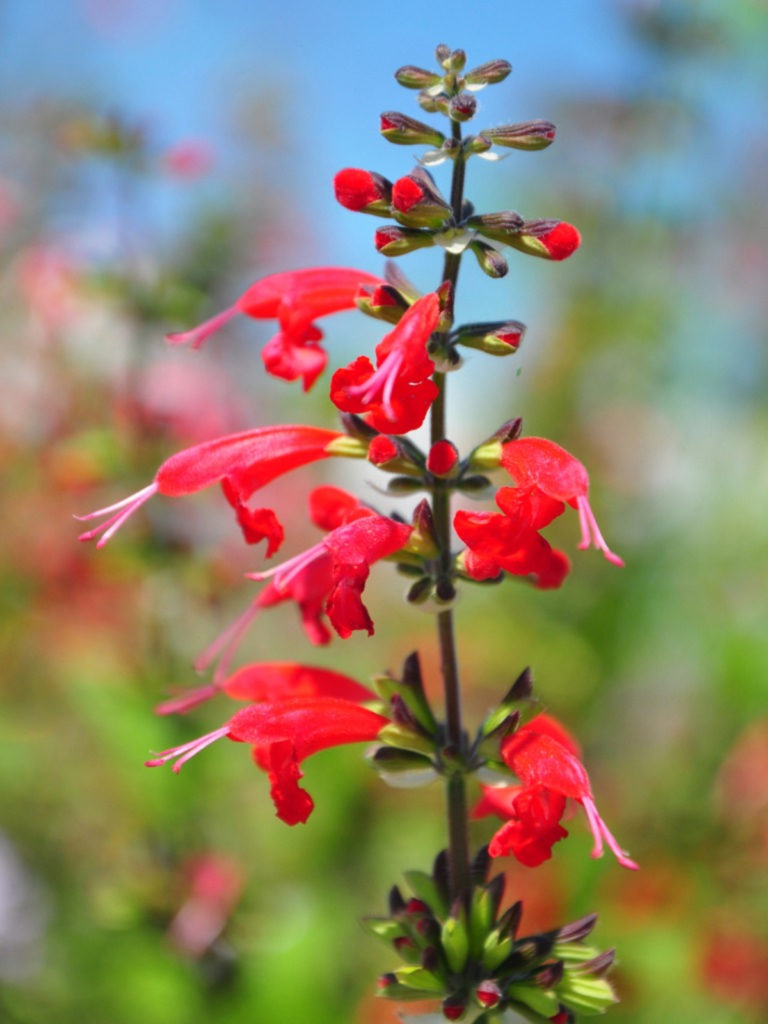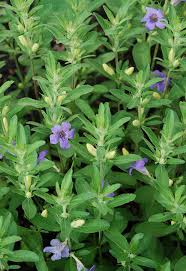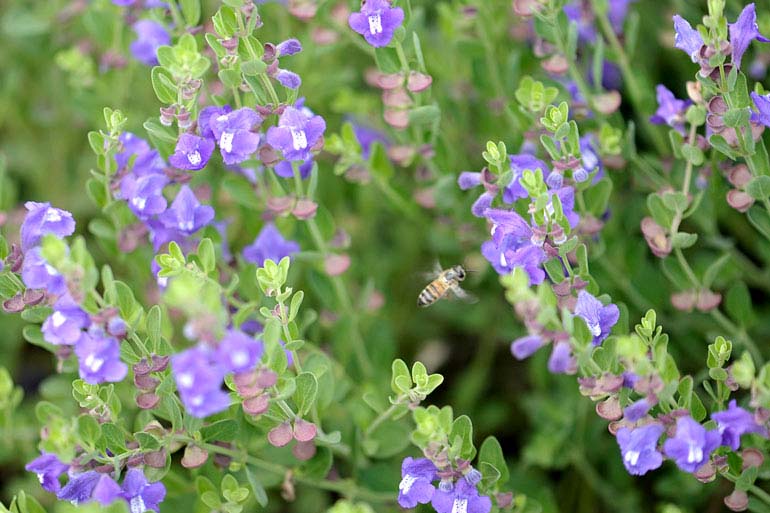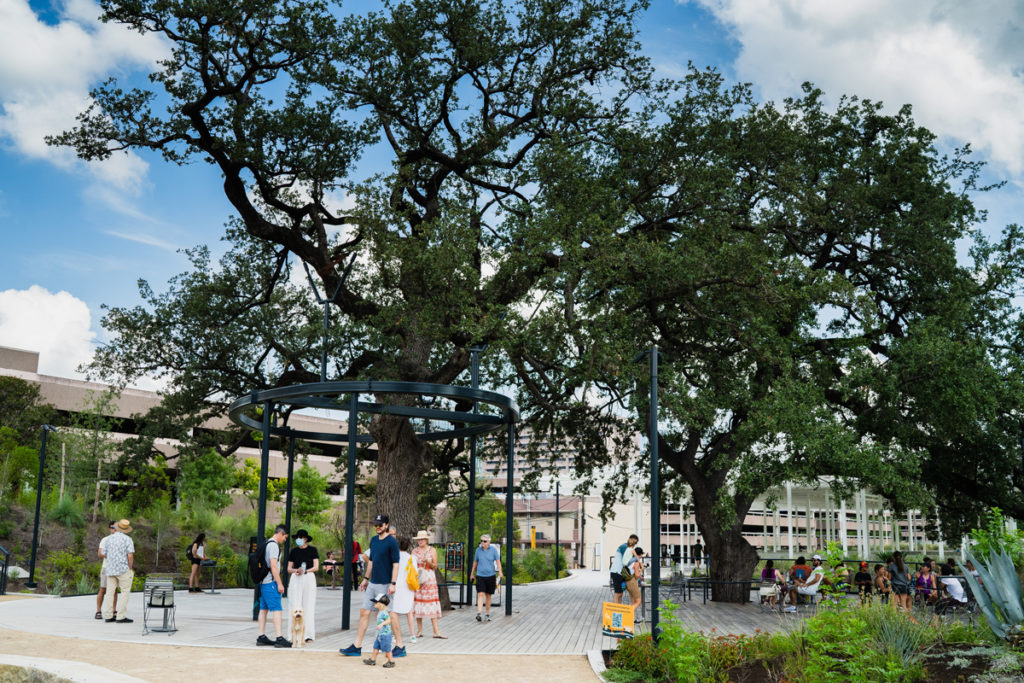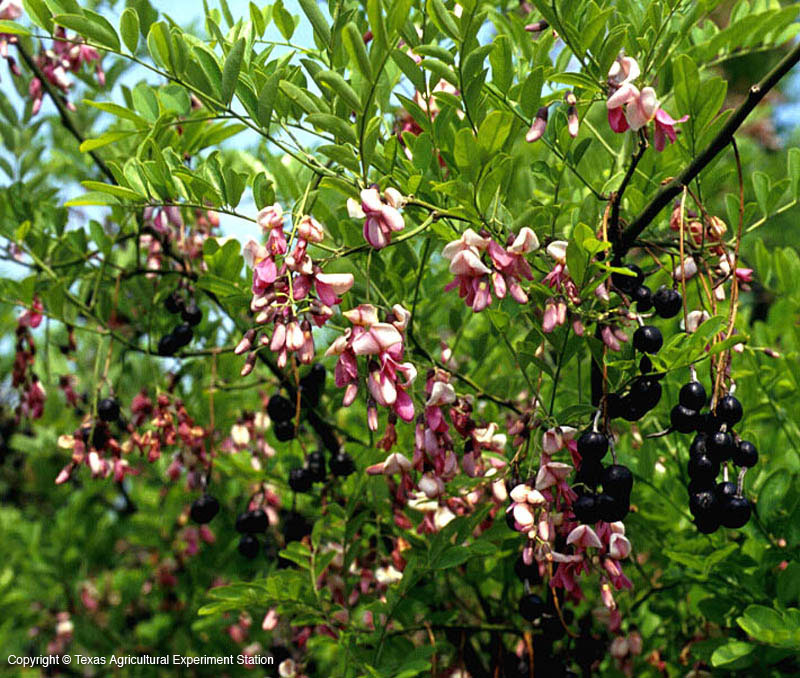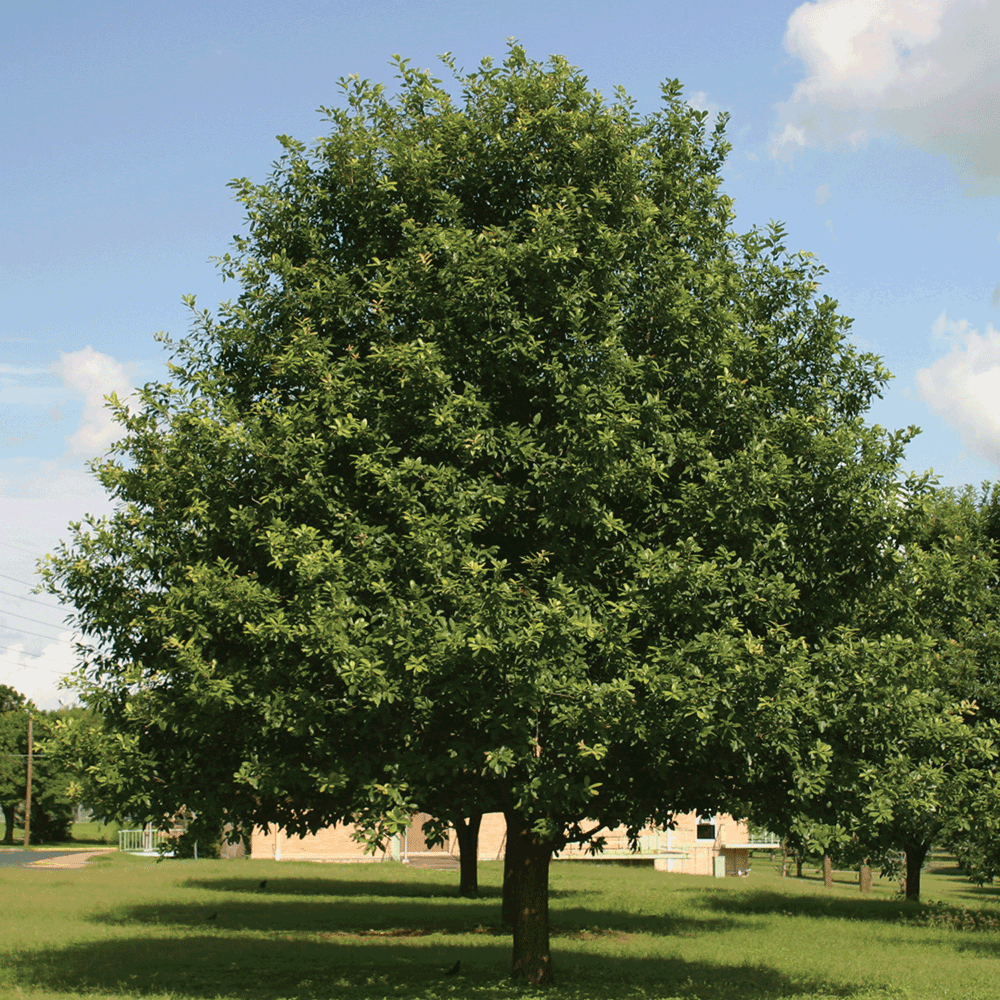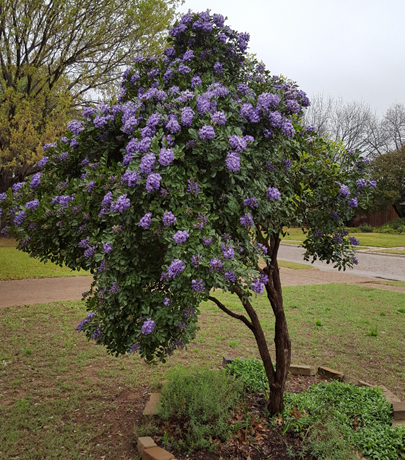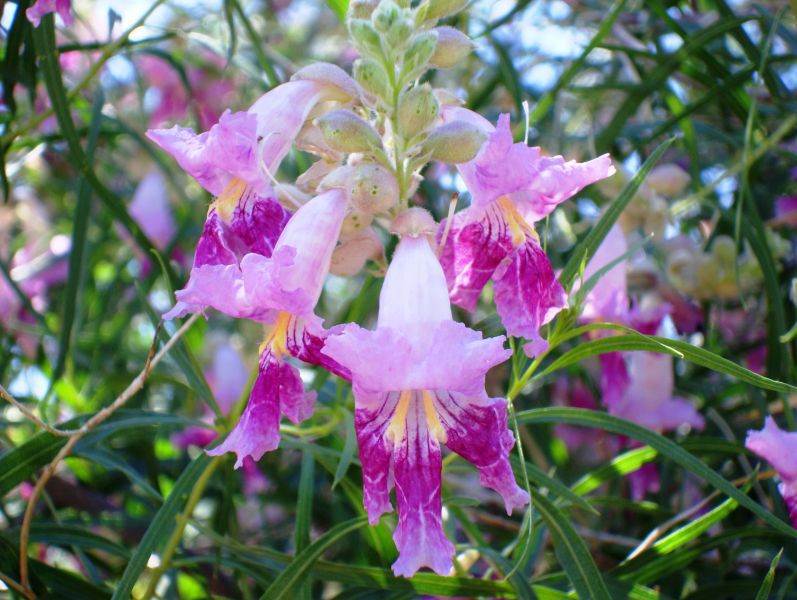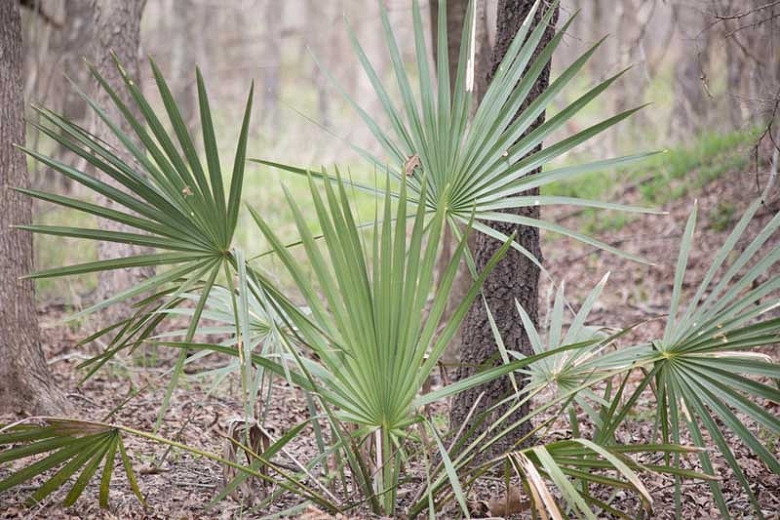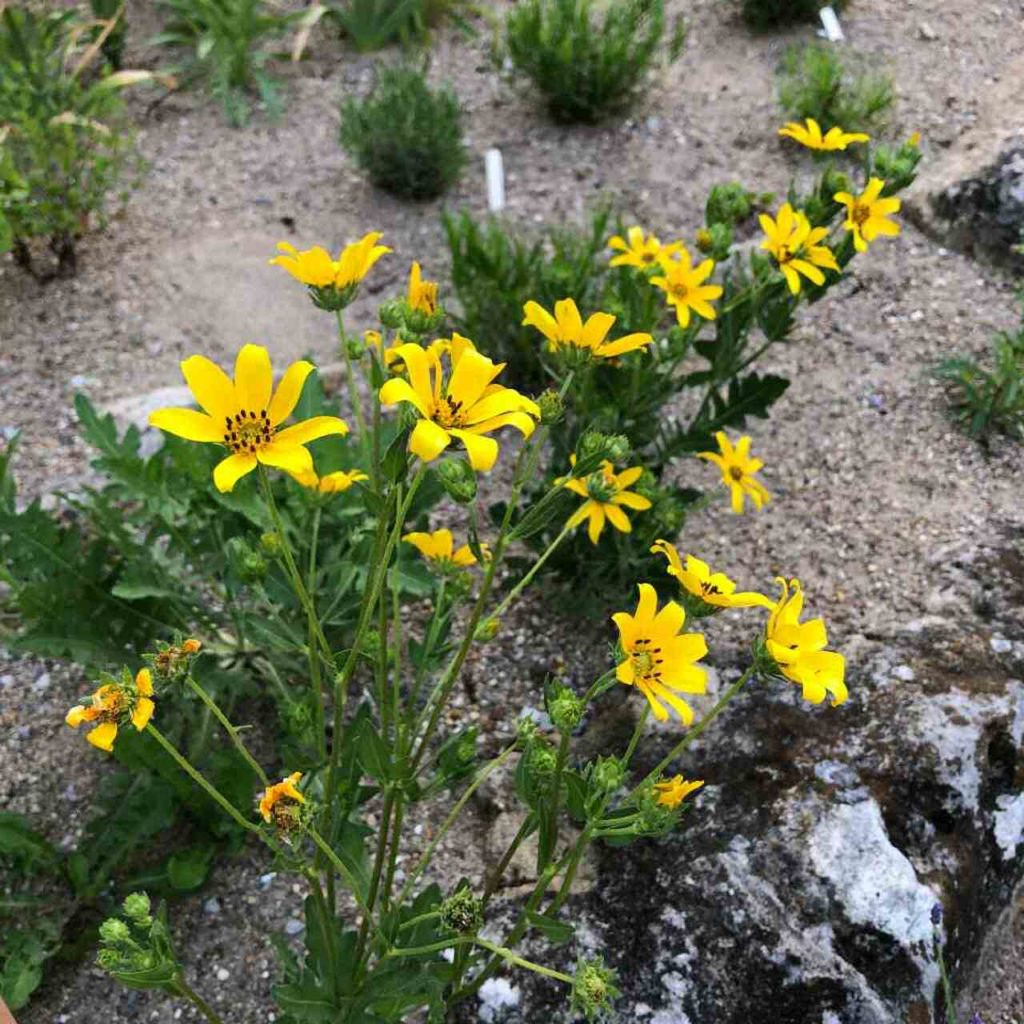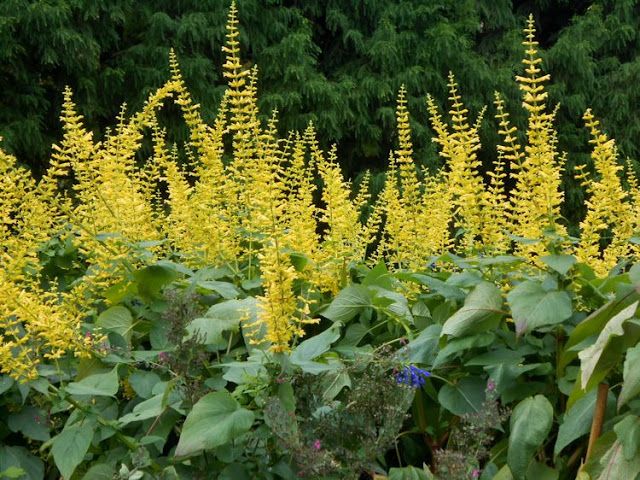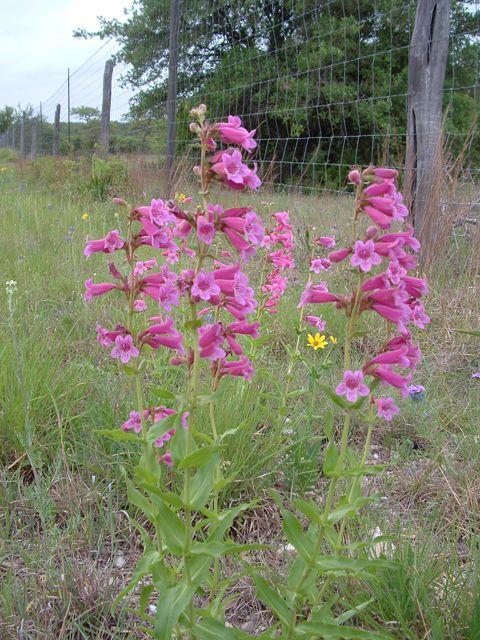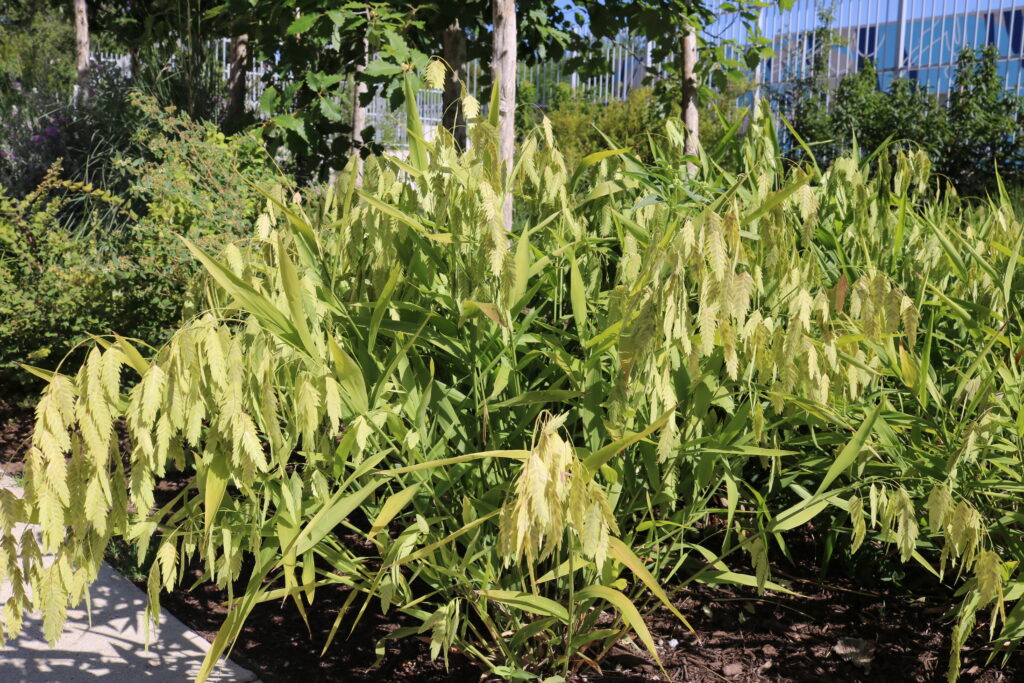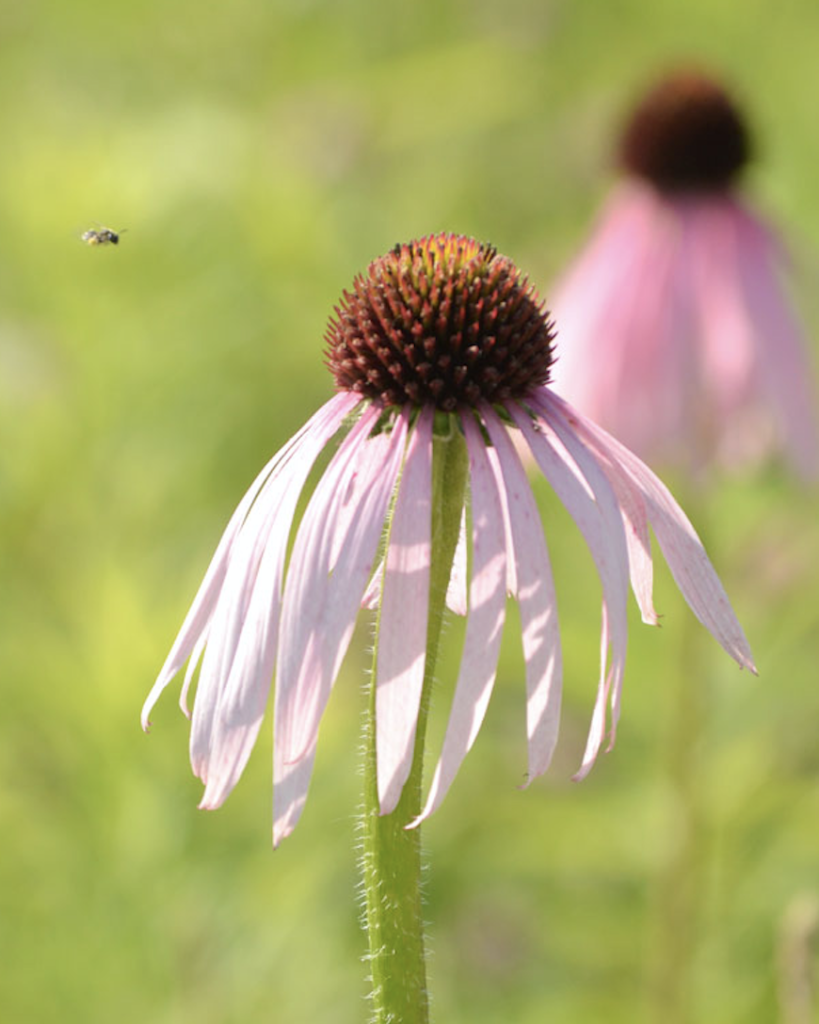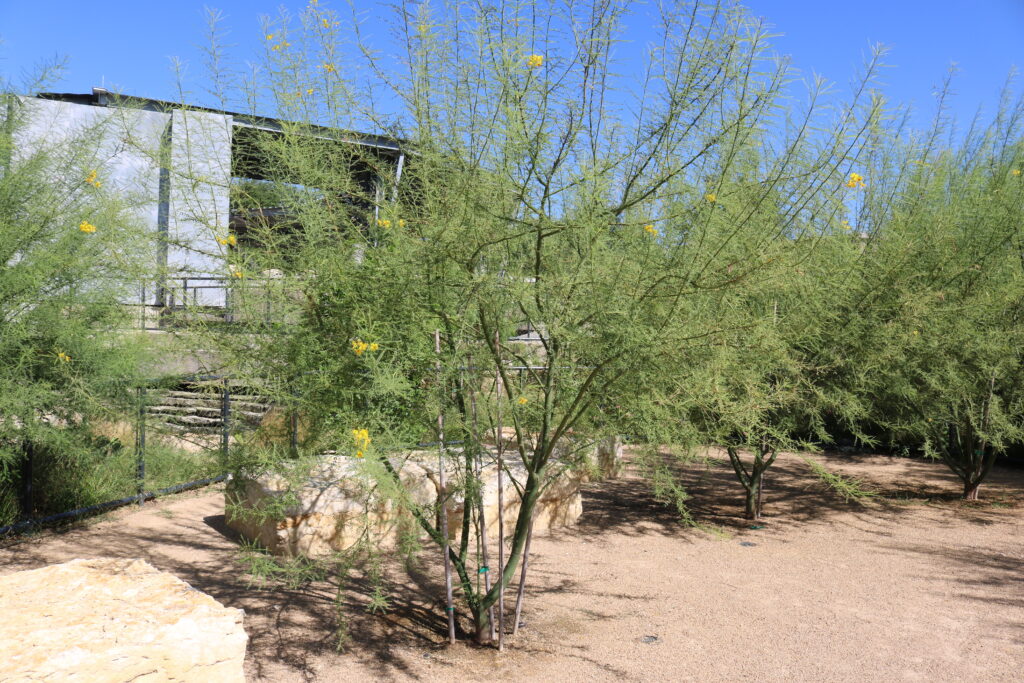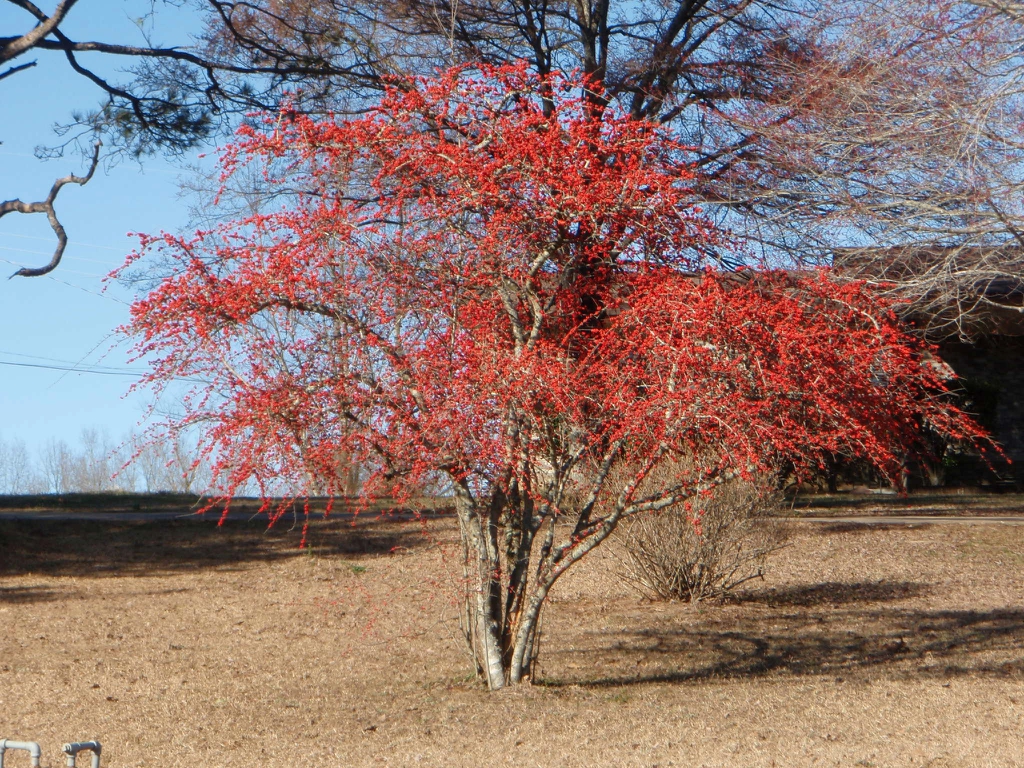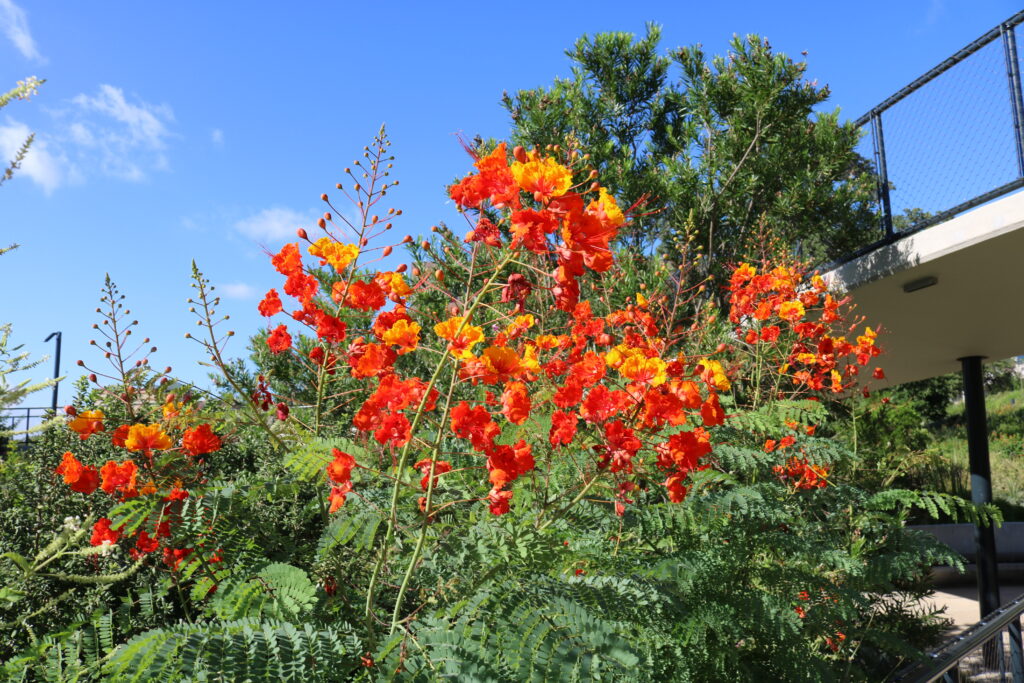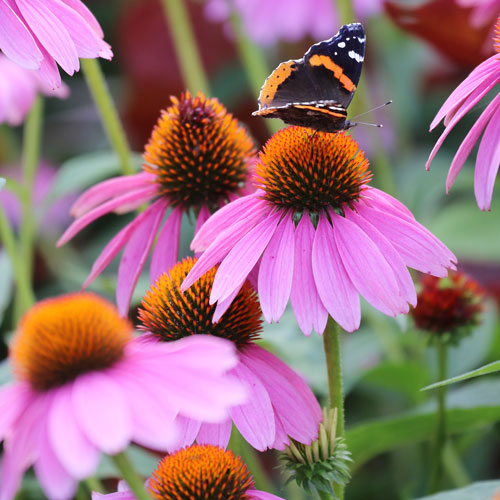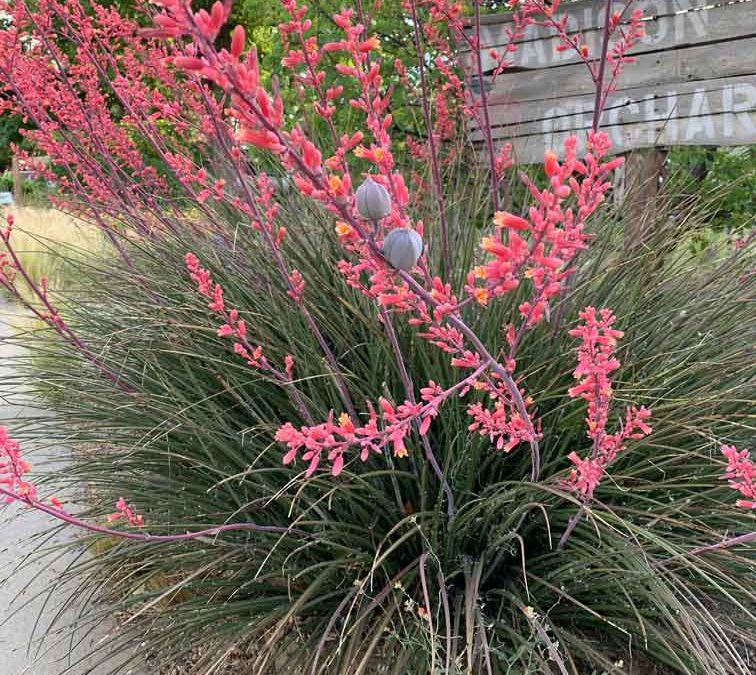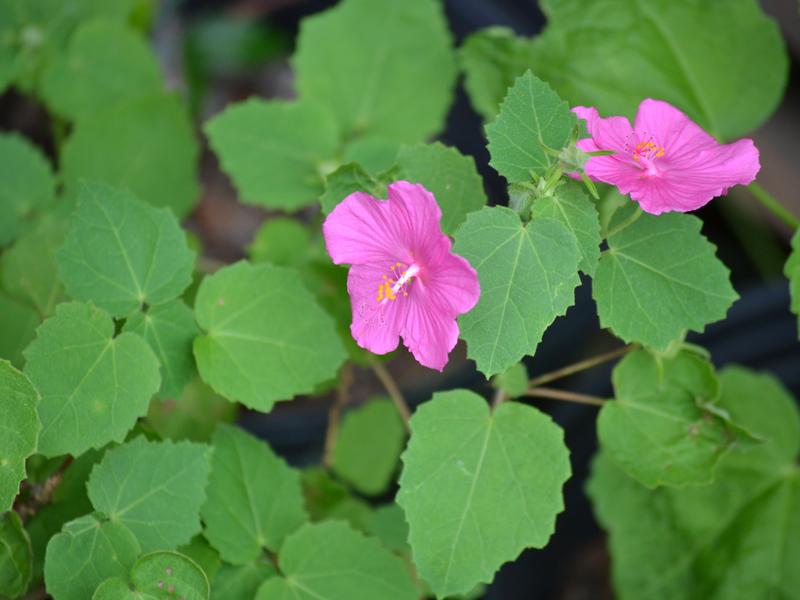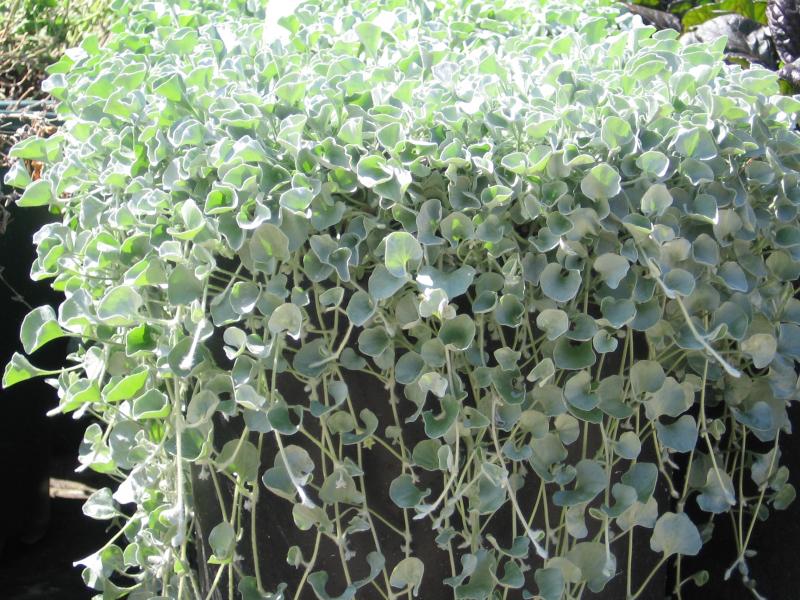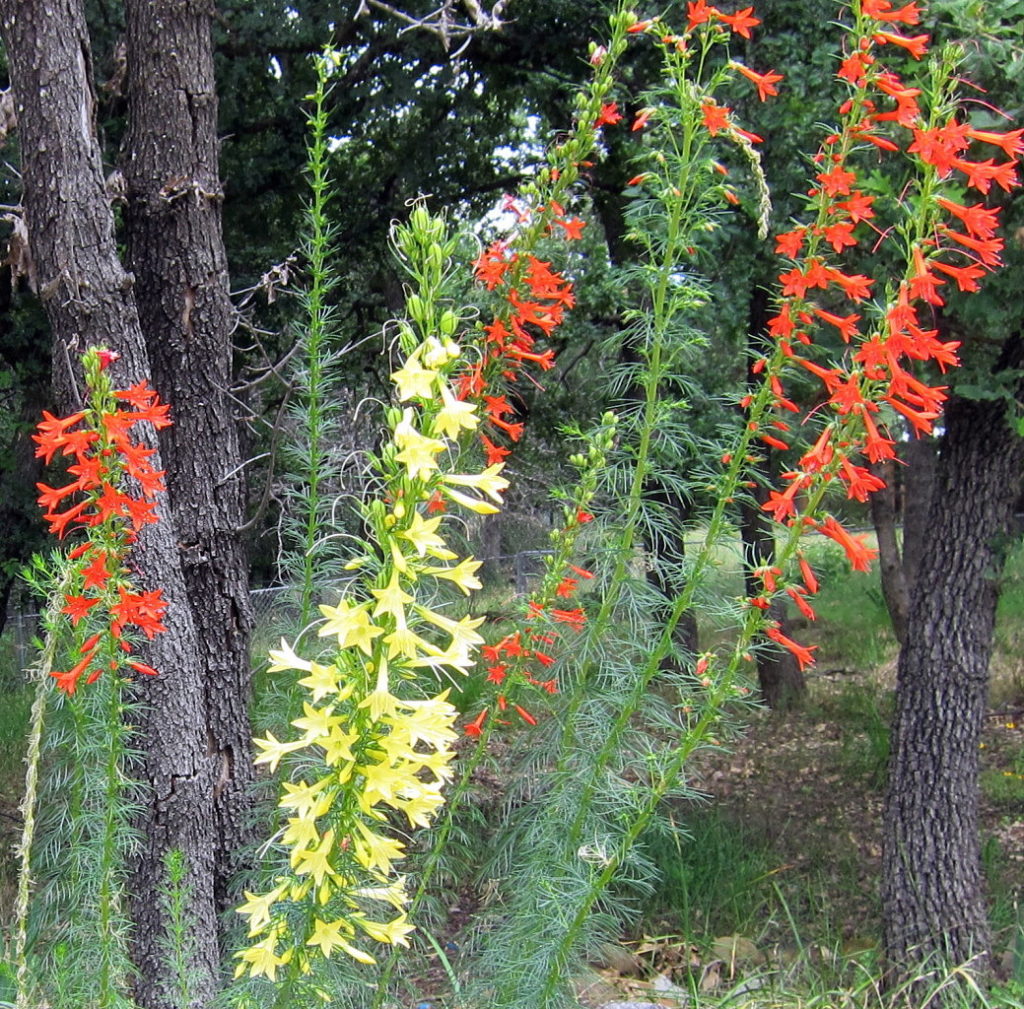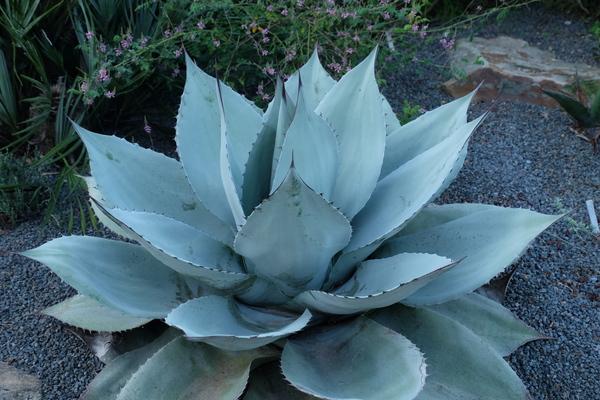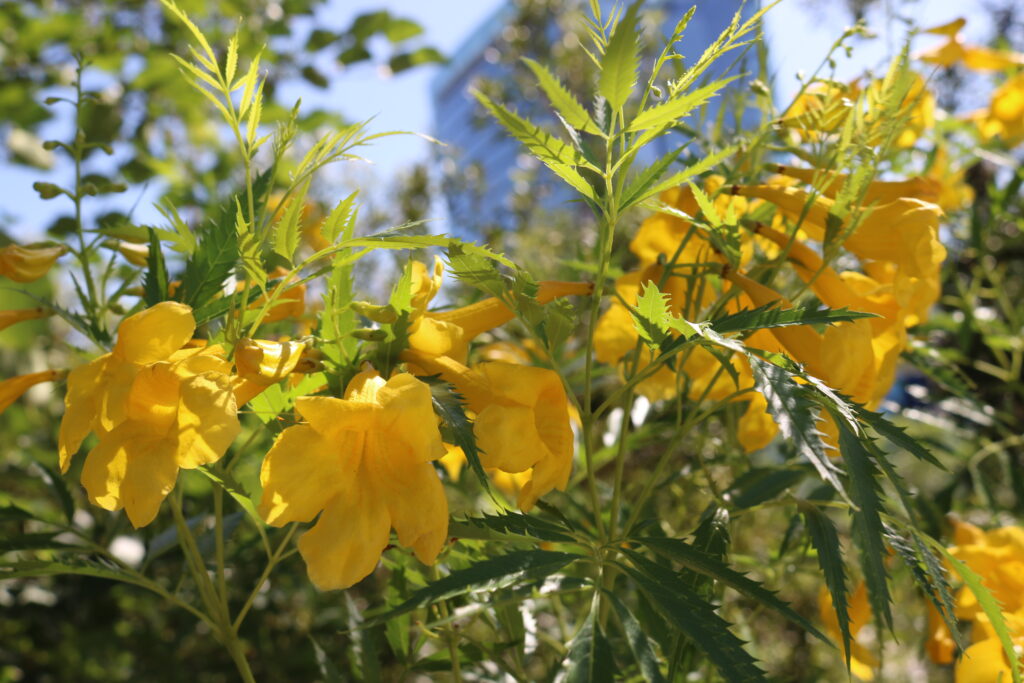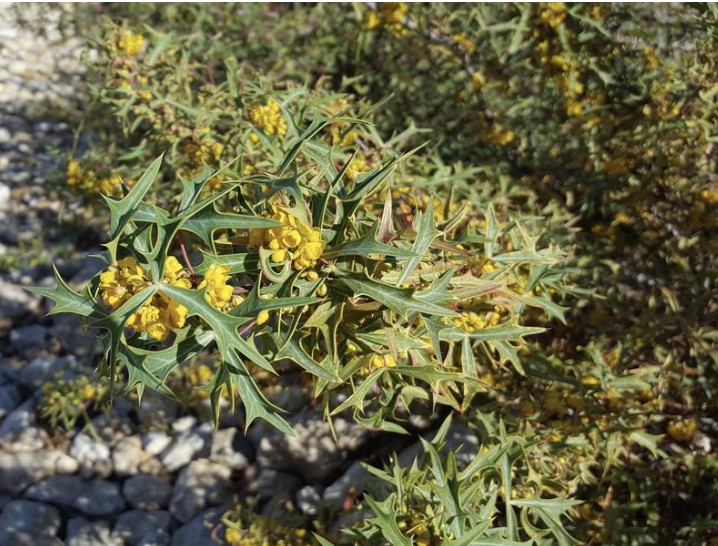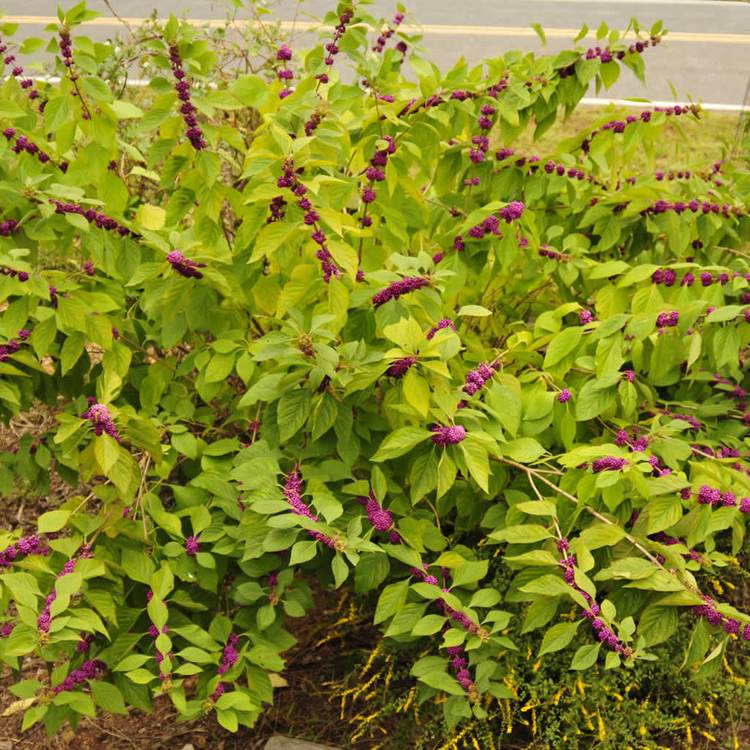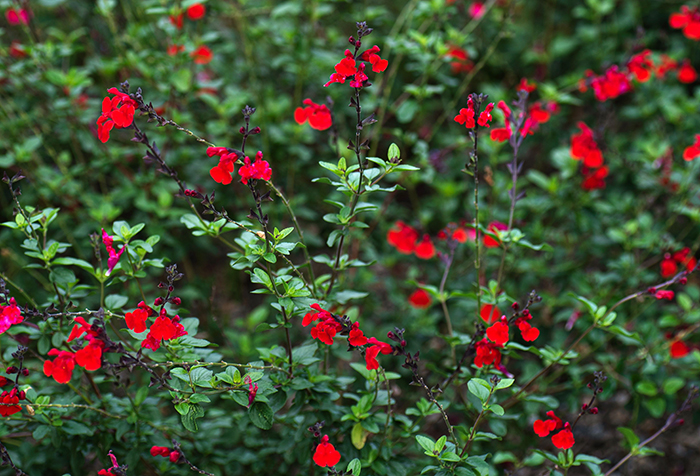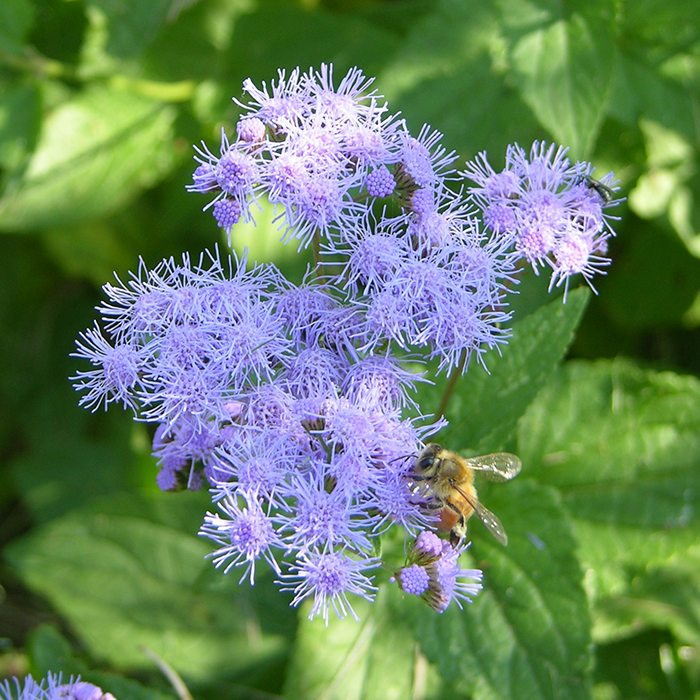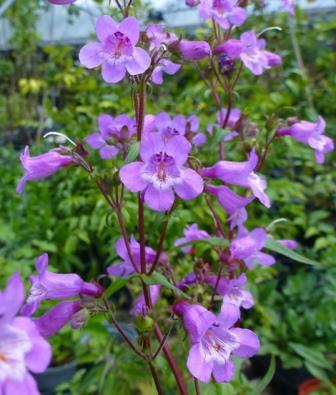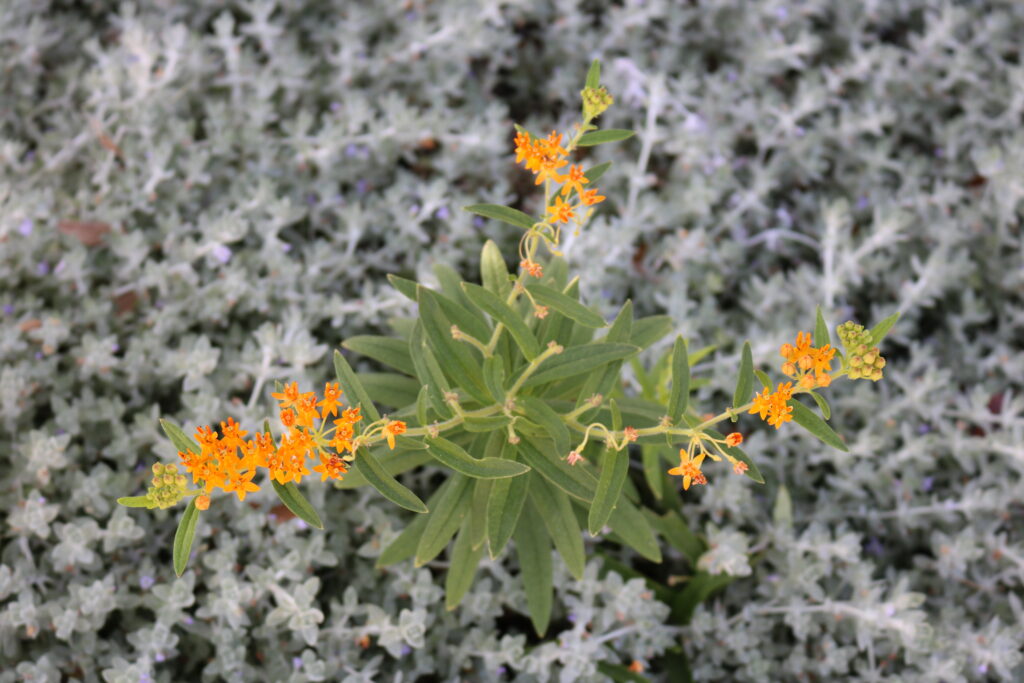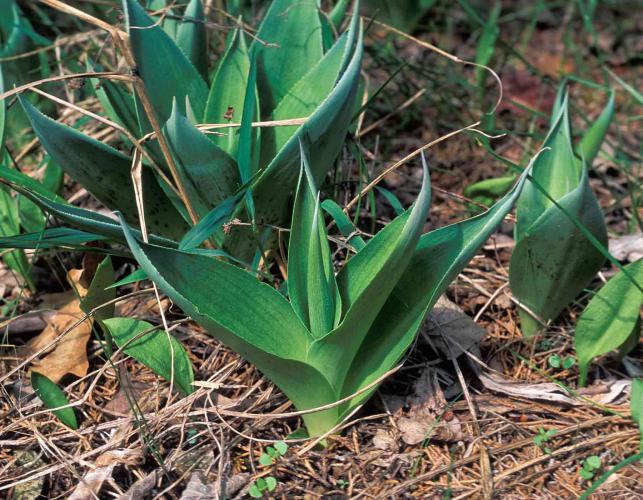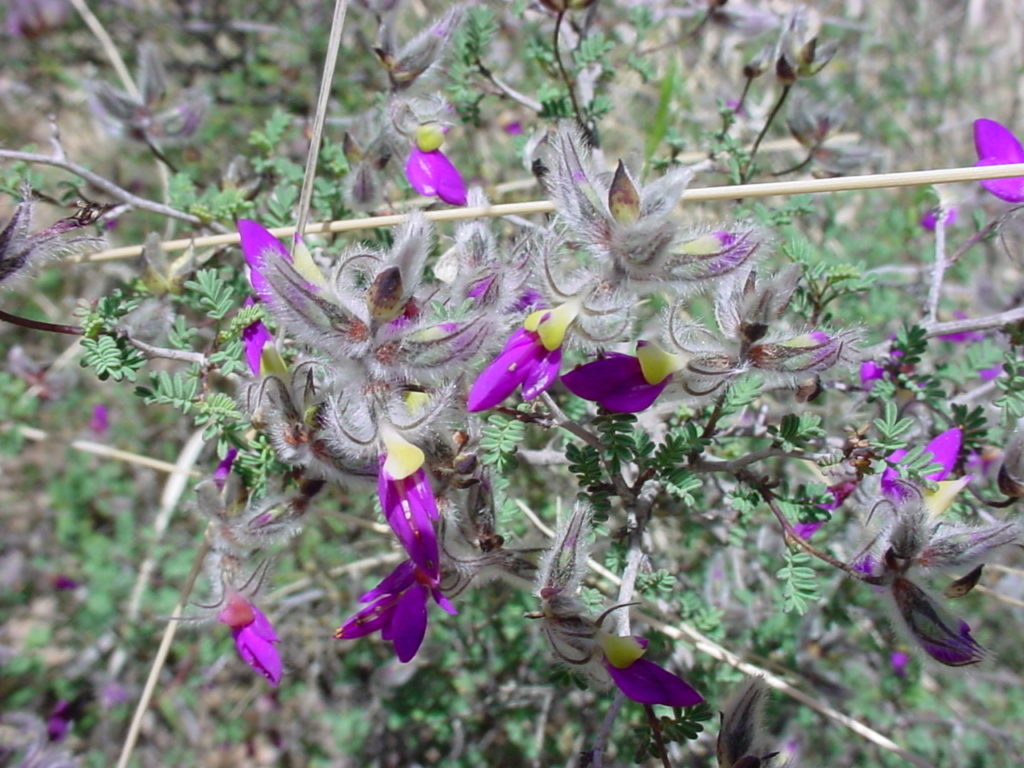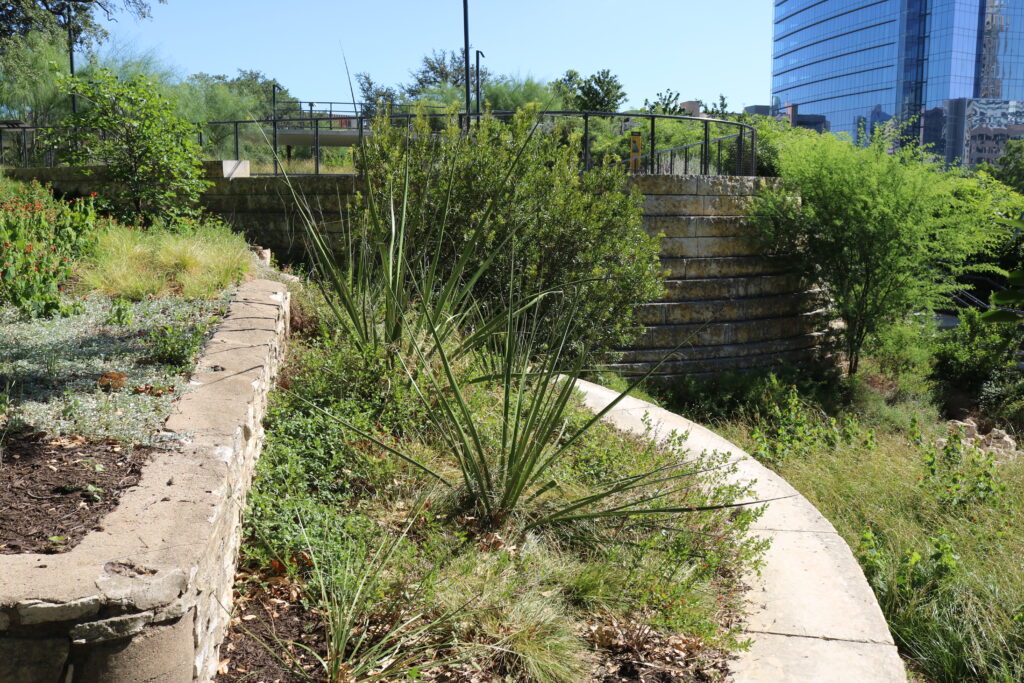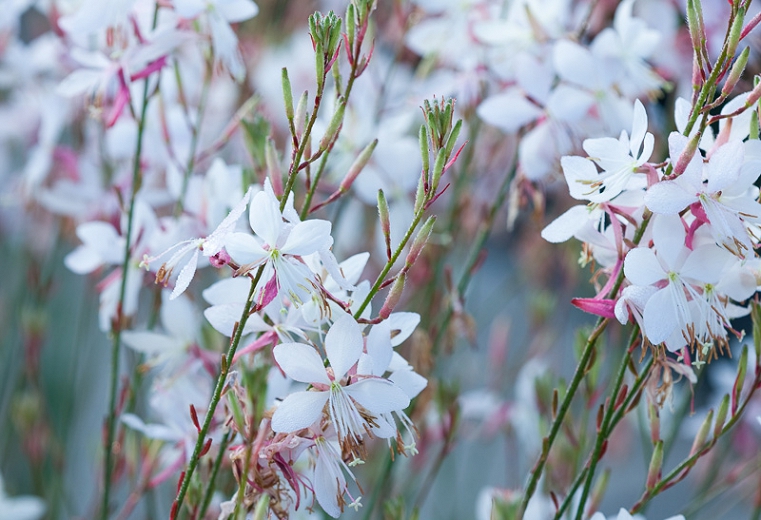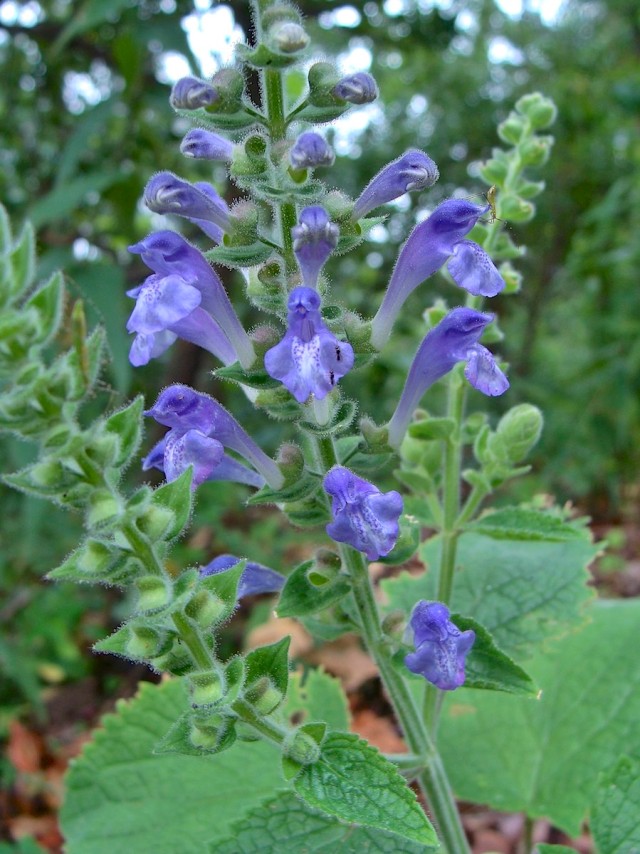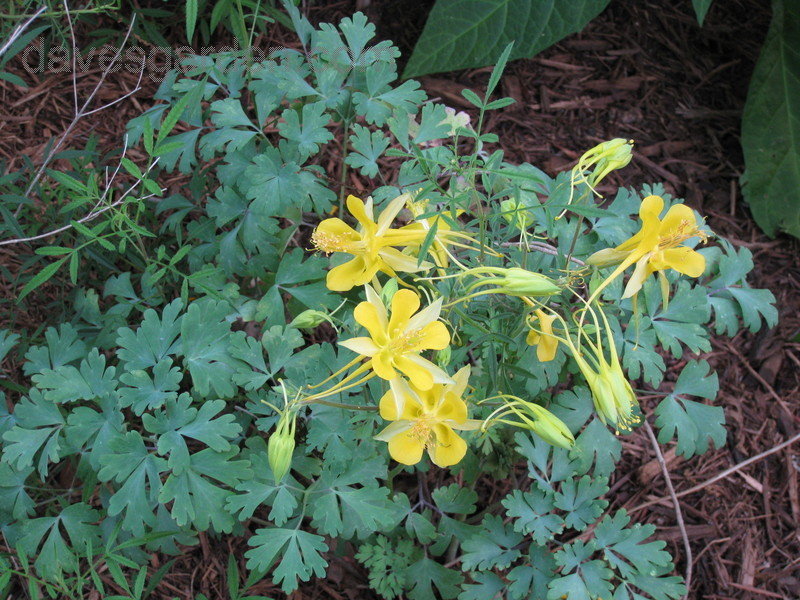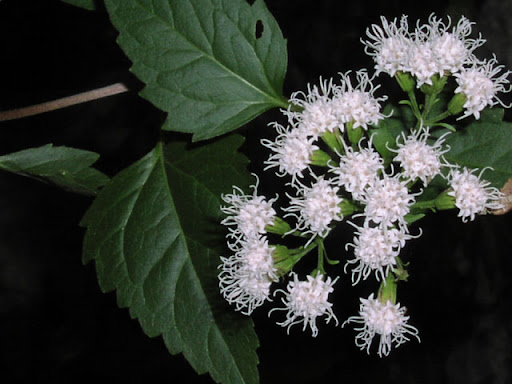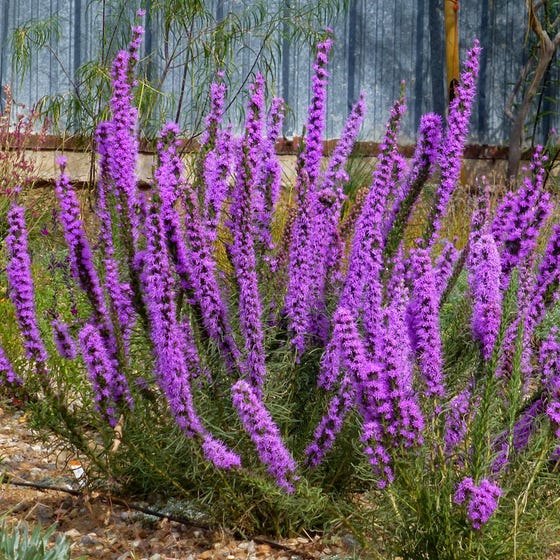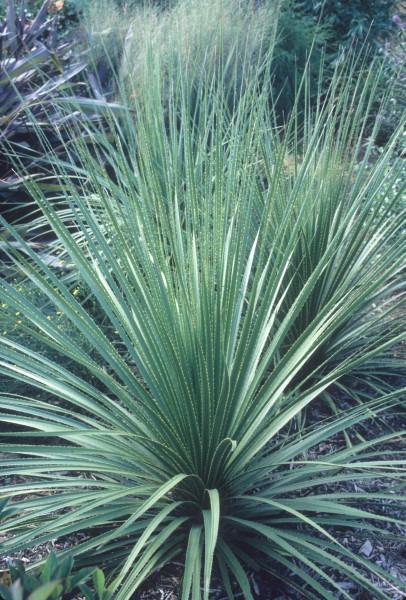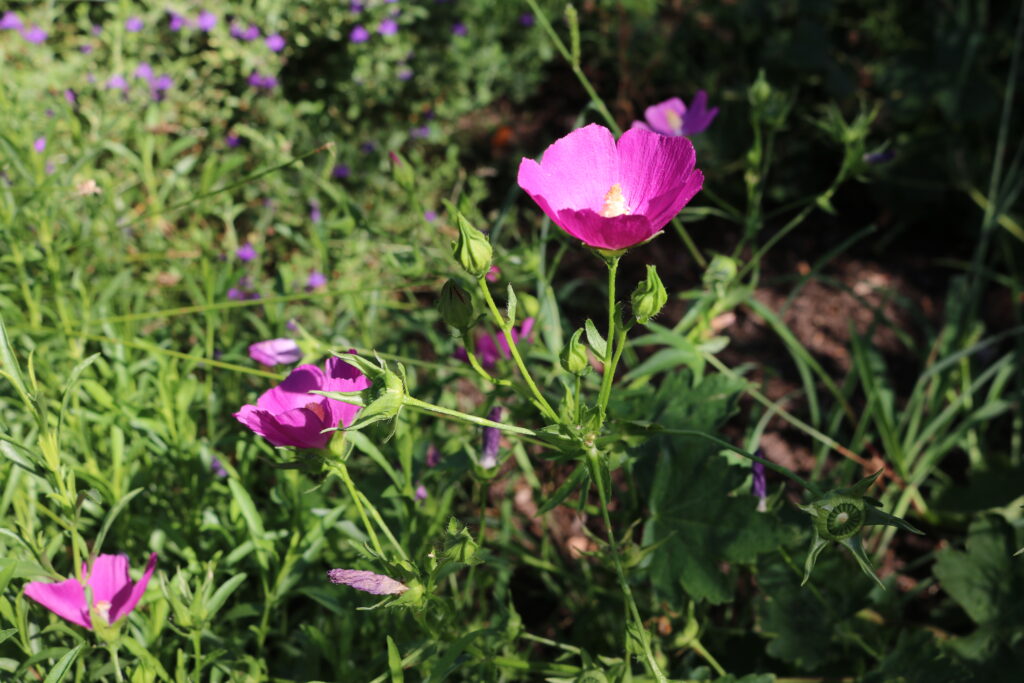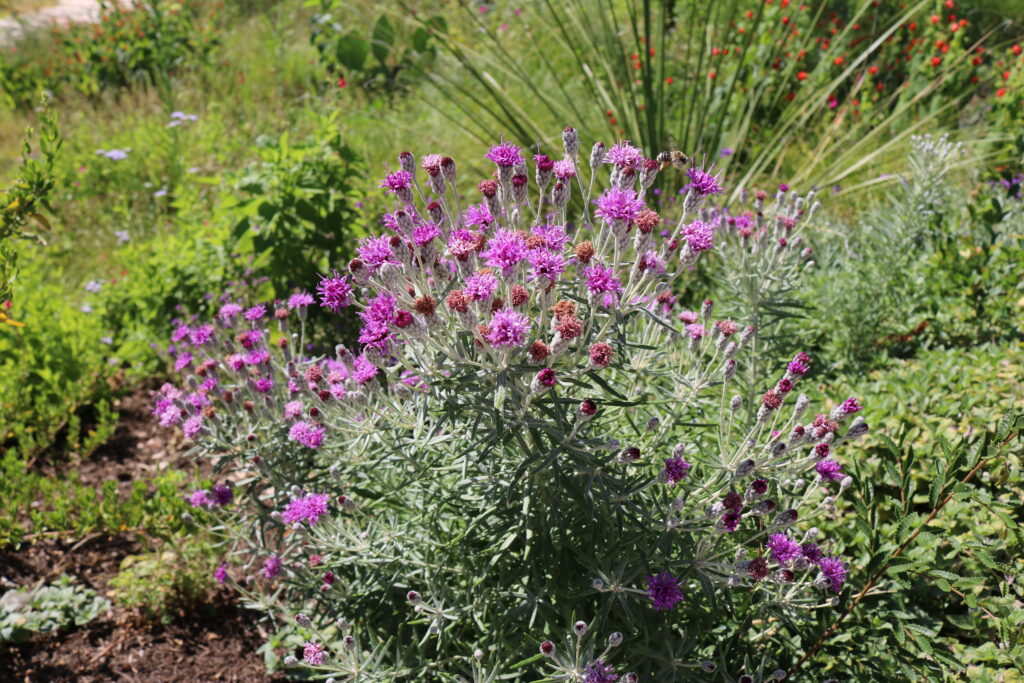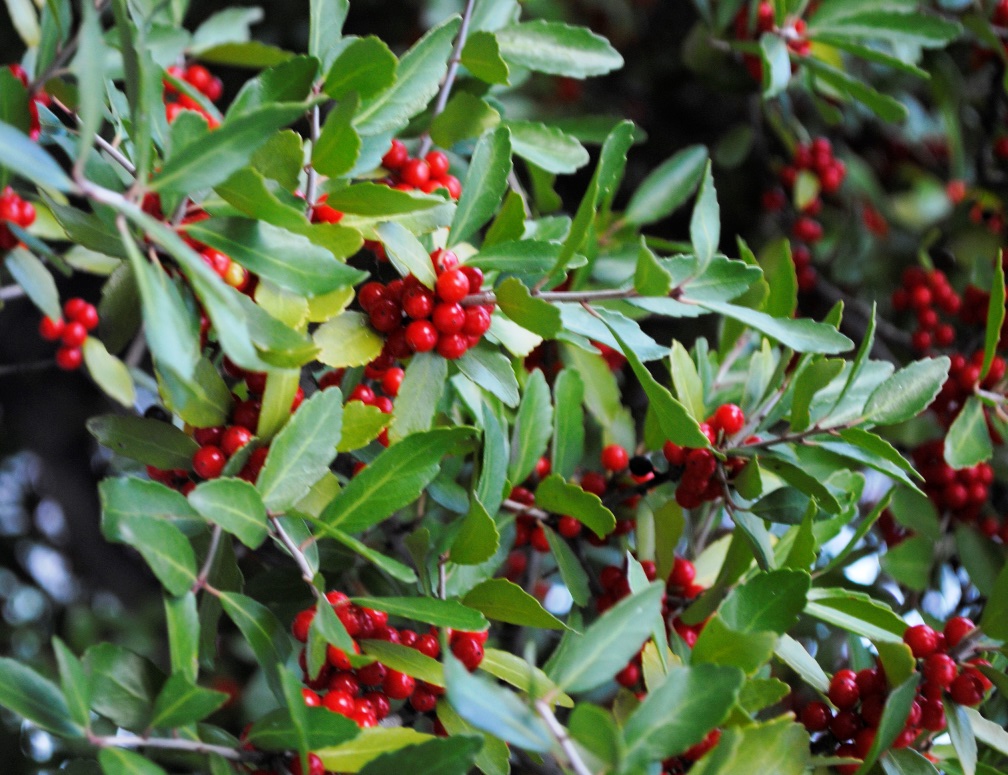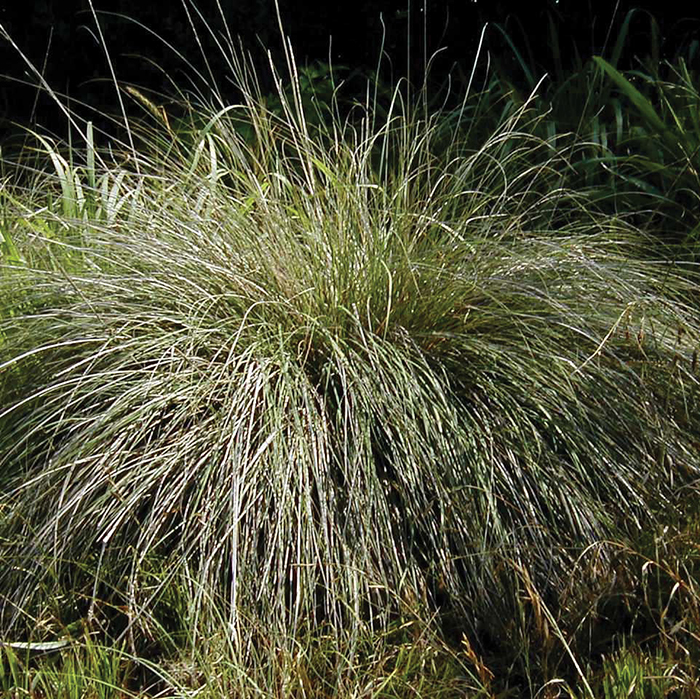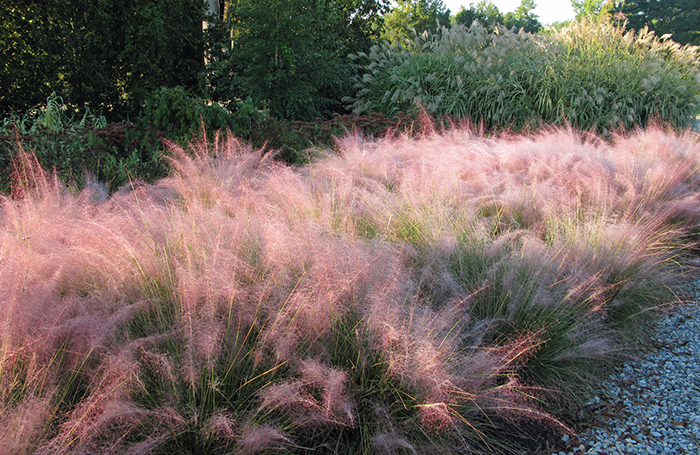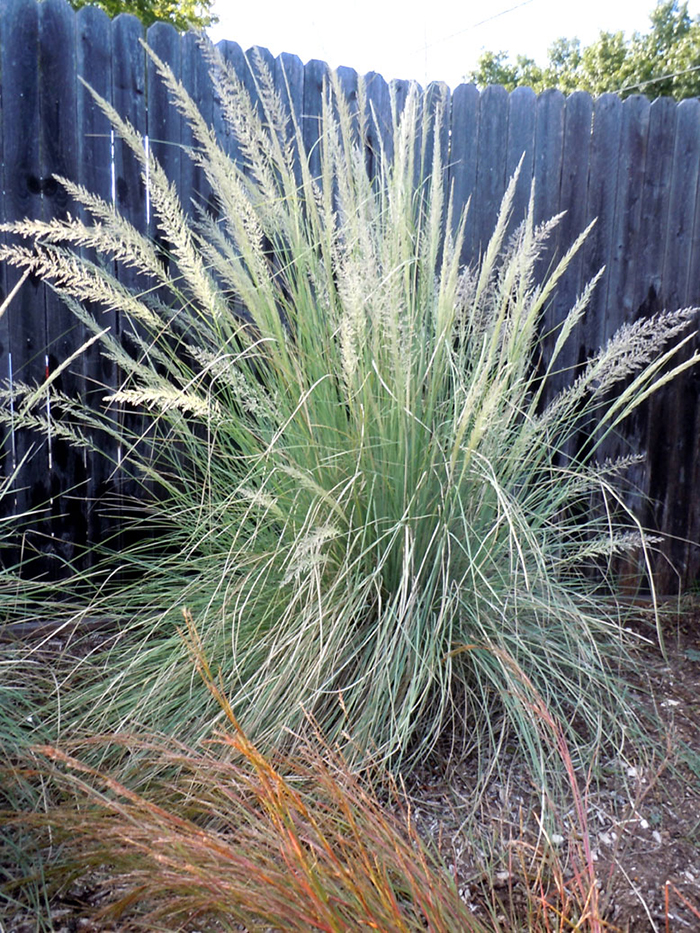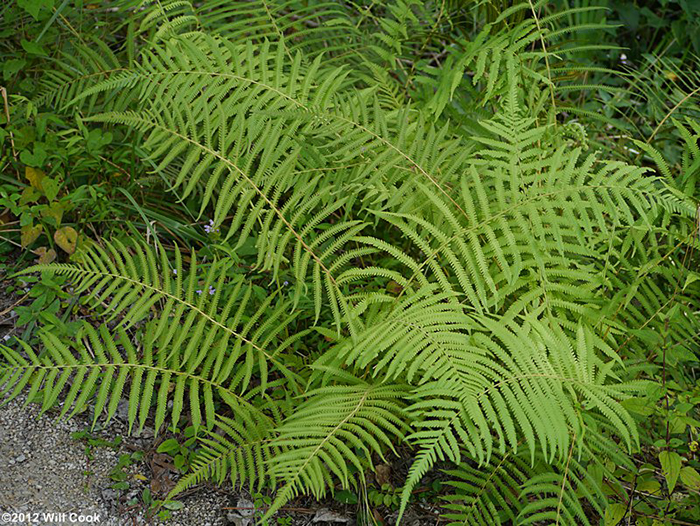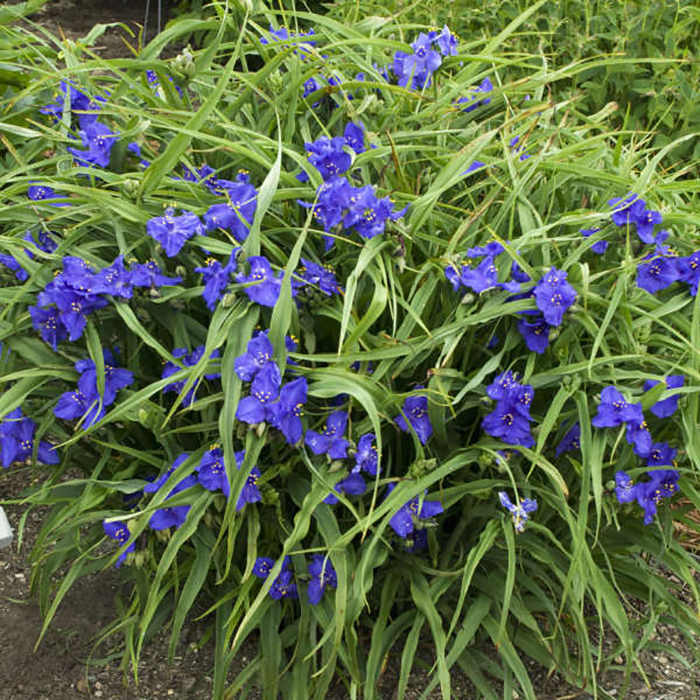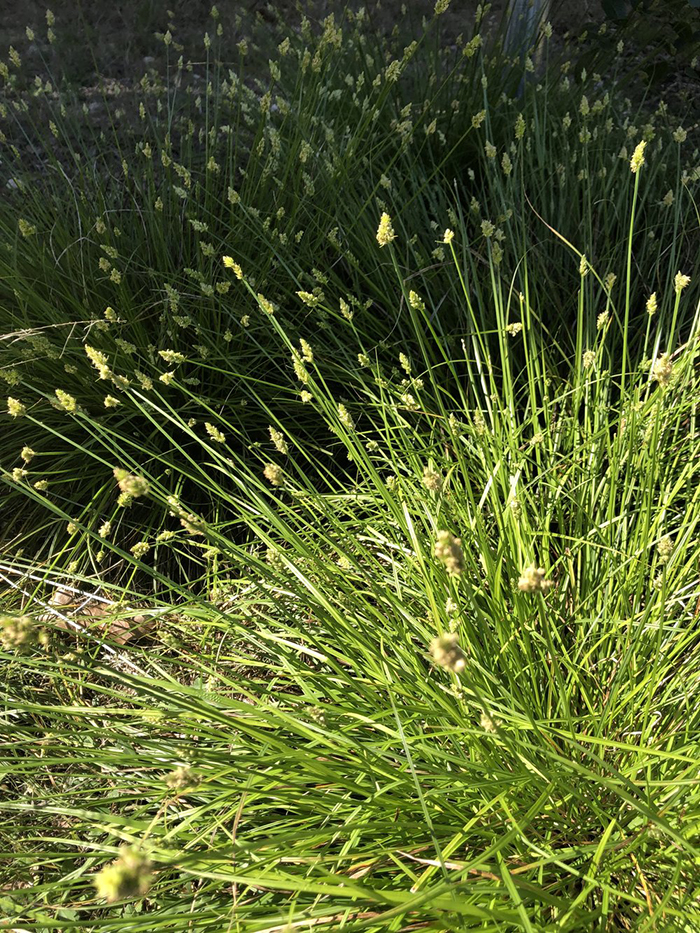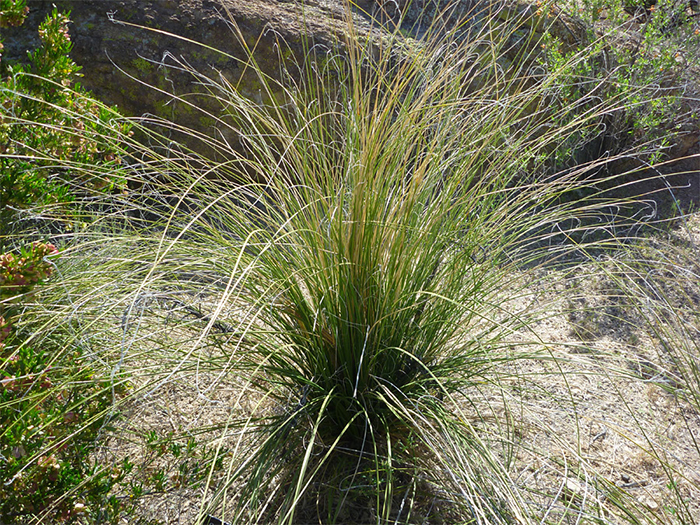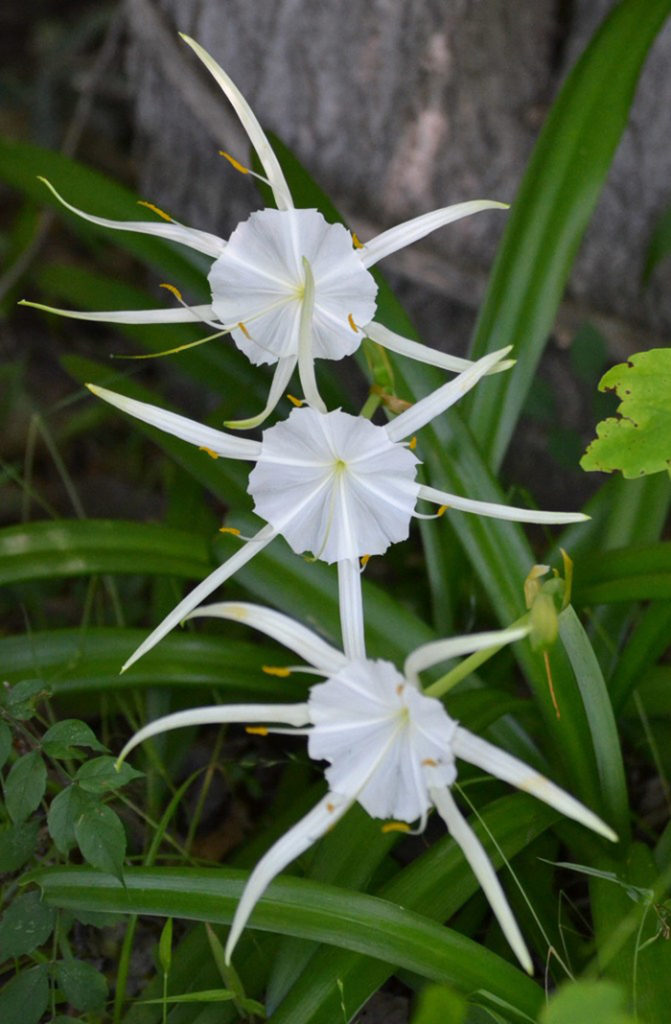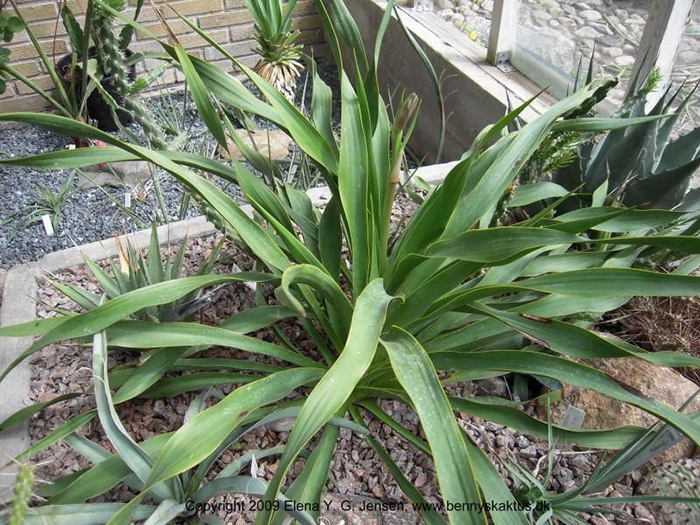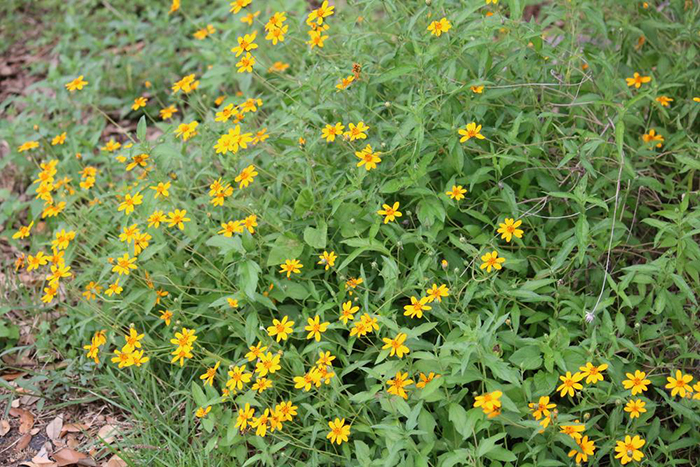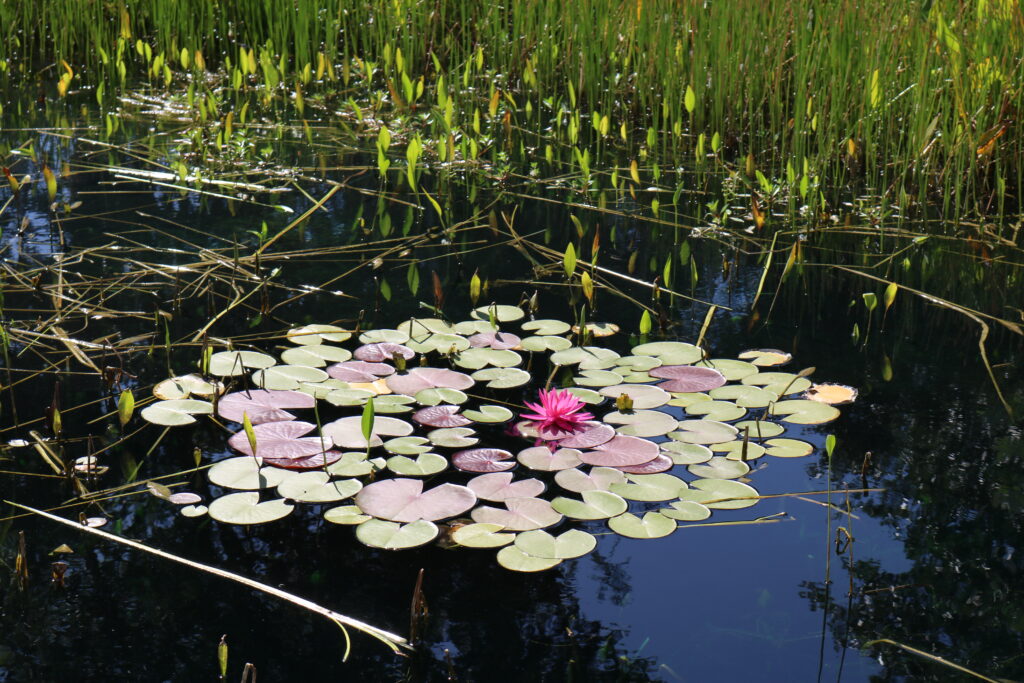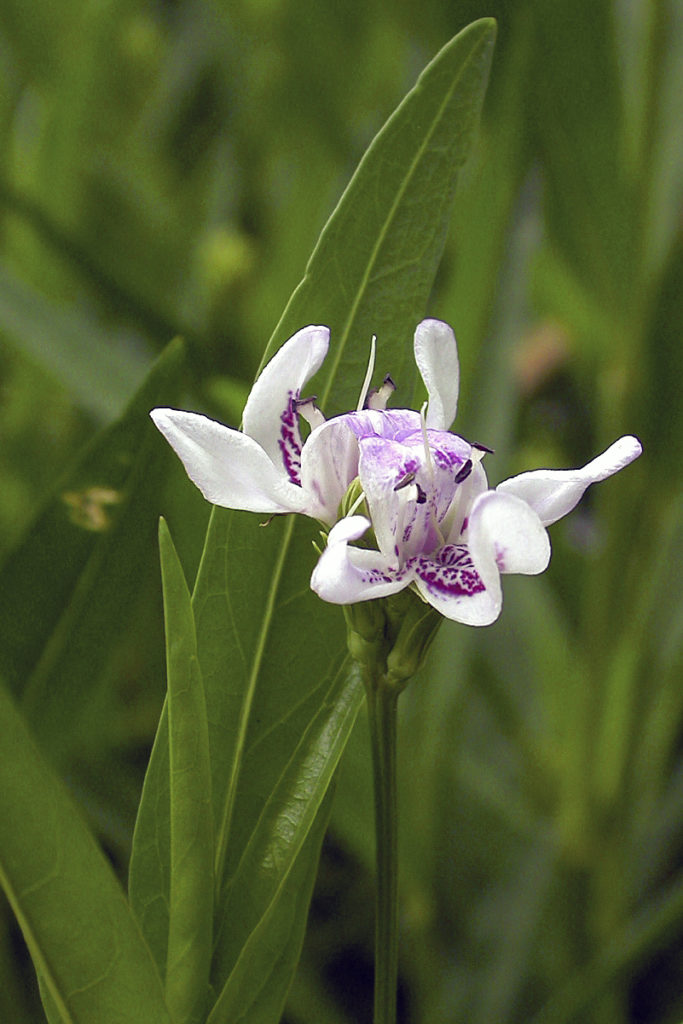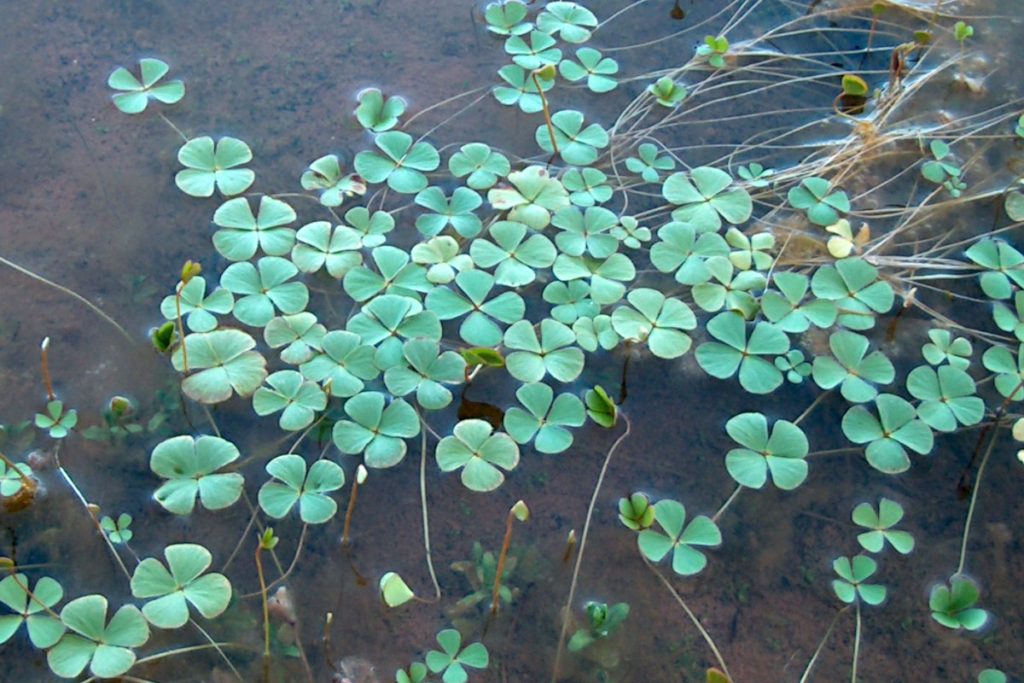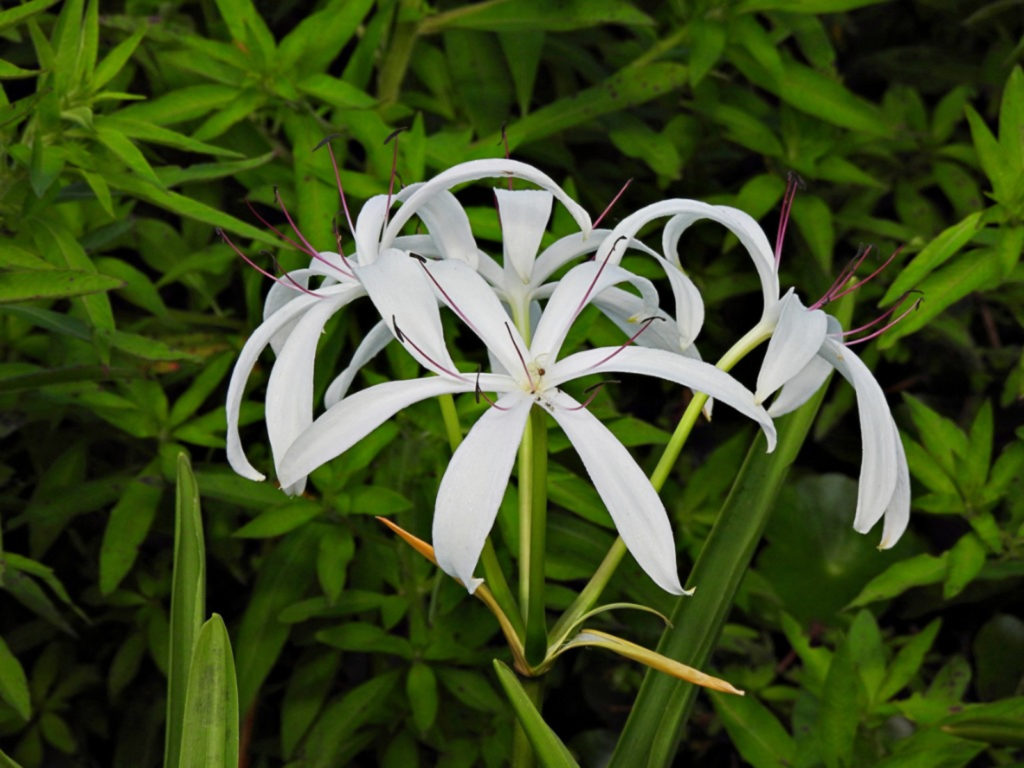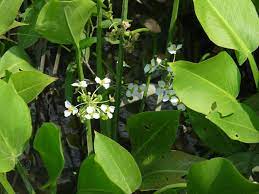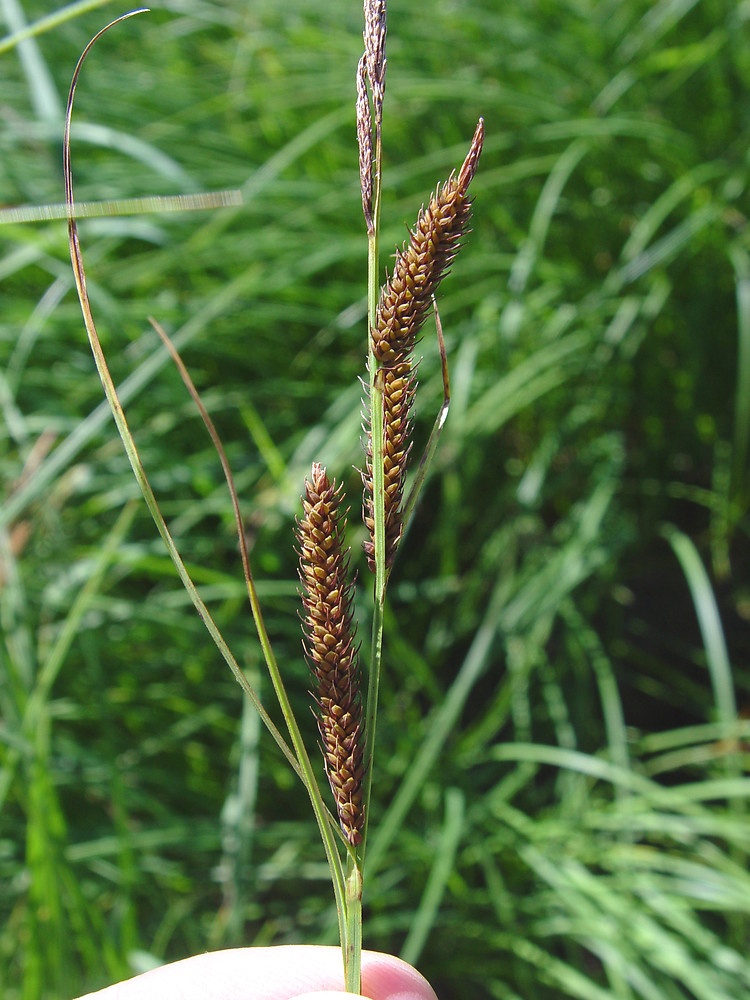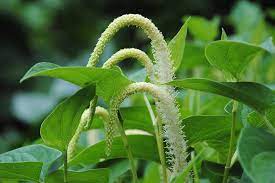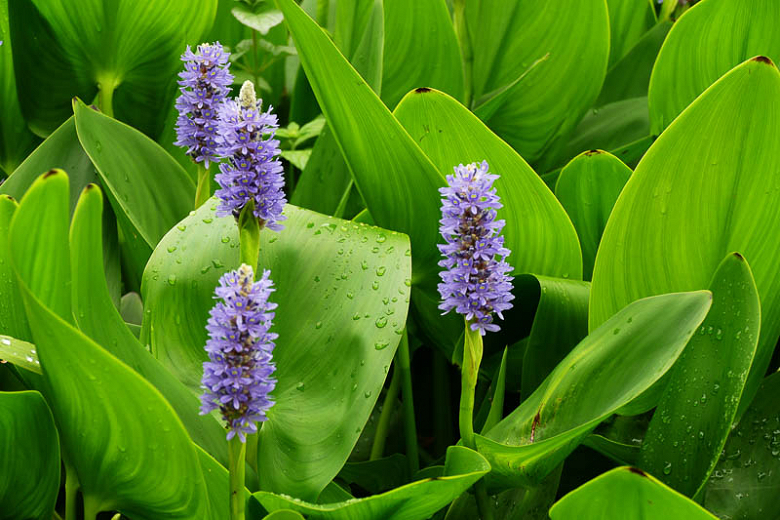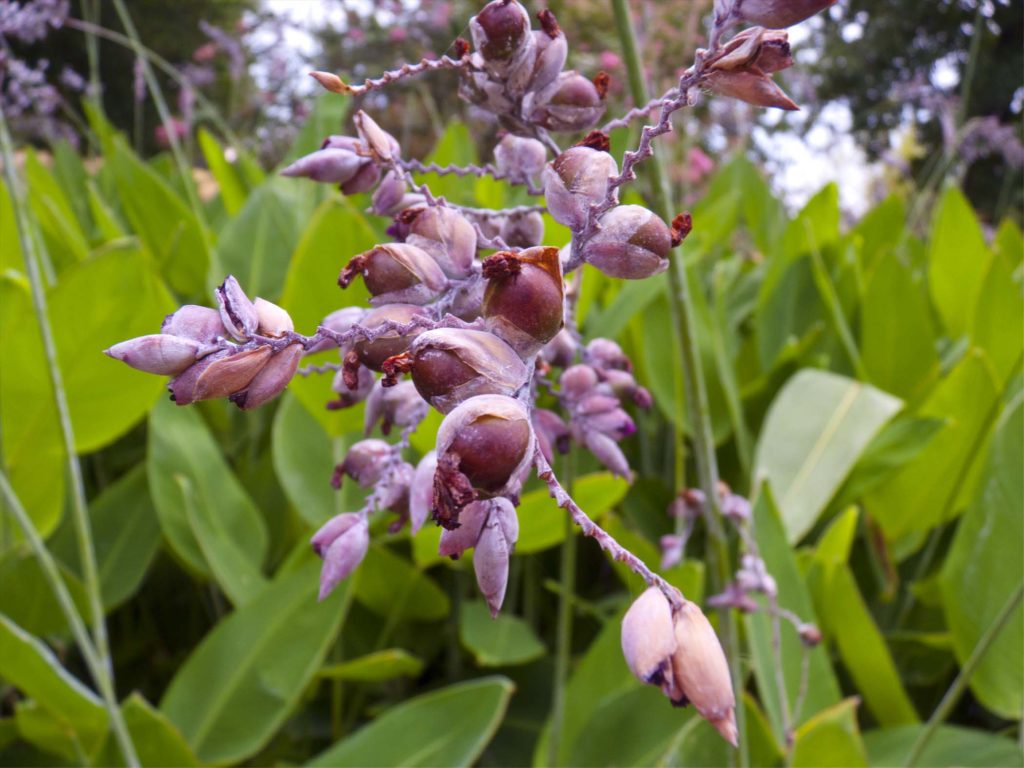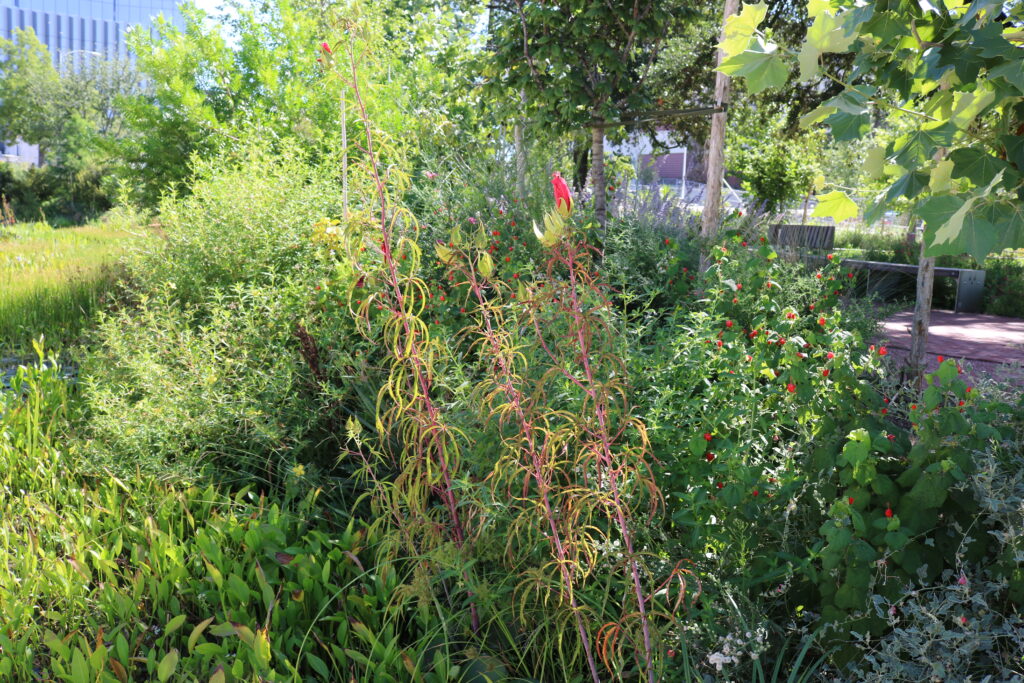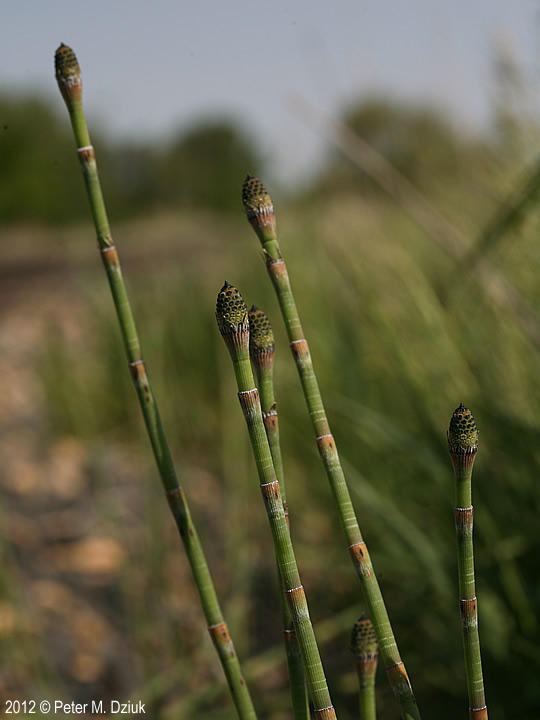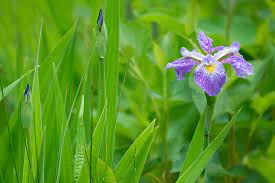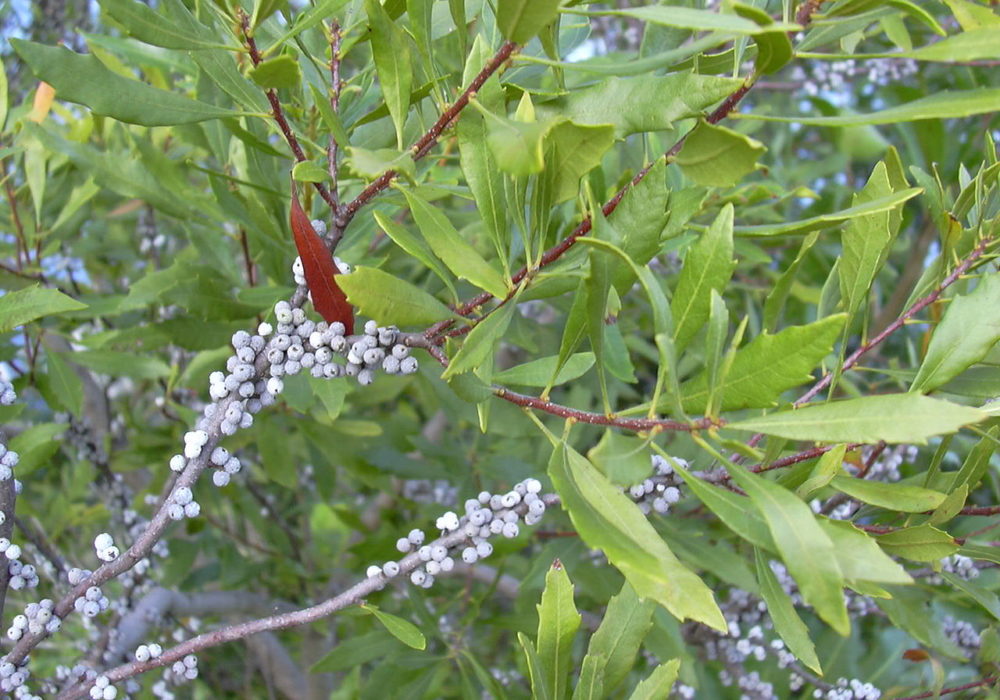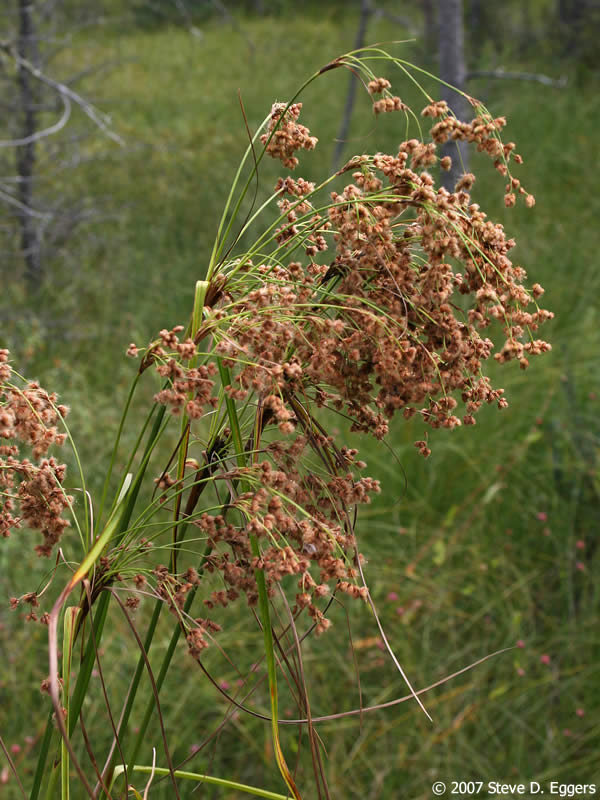Navigating Native Plants in Waterloo Park
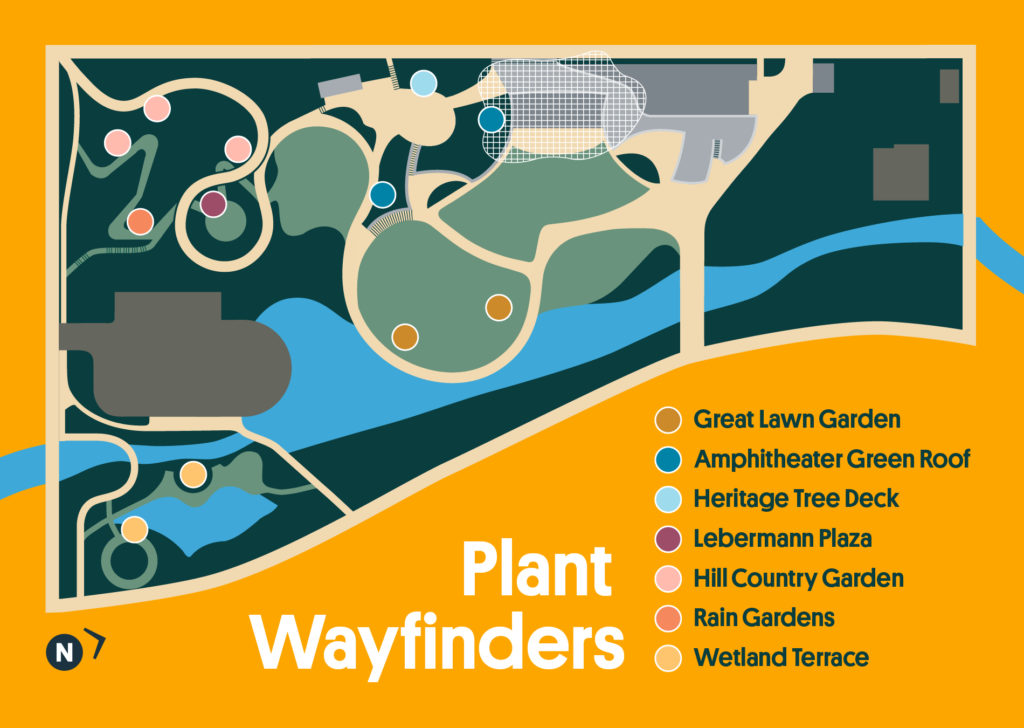
Scattered throughout each unique area of Waterloo Park, one can find Plant Wayfinders, in the form of QR codes, dispersed throughout our various gardens. Each code has been strategically placed for visitors to use as a means of becoming acquainted with the many native plant and wildflower species that dwell and thrive within the park’s perimeters.
The importance of native species to an ecologically rich landscape can not be understated, which is why 95% of the vegetation in our park is indigenous to central Texas.
Thanks to the support of our partnership with the Consulate General of Canada, Waterloo Greenway has been given the ability to make this project come to life. As a conservancy, we are committed to not only supporting the monarch butterfly migration across the North American fly path, but also to creating opportunities for public education on the matter. With these Plant Wayfinders, Waterloo Greenway hopes to provide you with all the tools one needs to successfully navigate the plethora of native species found throughout the park, as we invite all who visit to look at plants through a lens of environmental stewardship and digital immersion.
Eco Key
As you explore Waterloo Park, we encourage you to use this key to learn more about the ecological services each species of plant can provide to its surrounding environment.

Great Lawn Garden
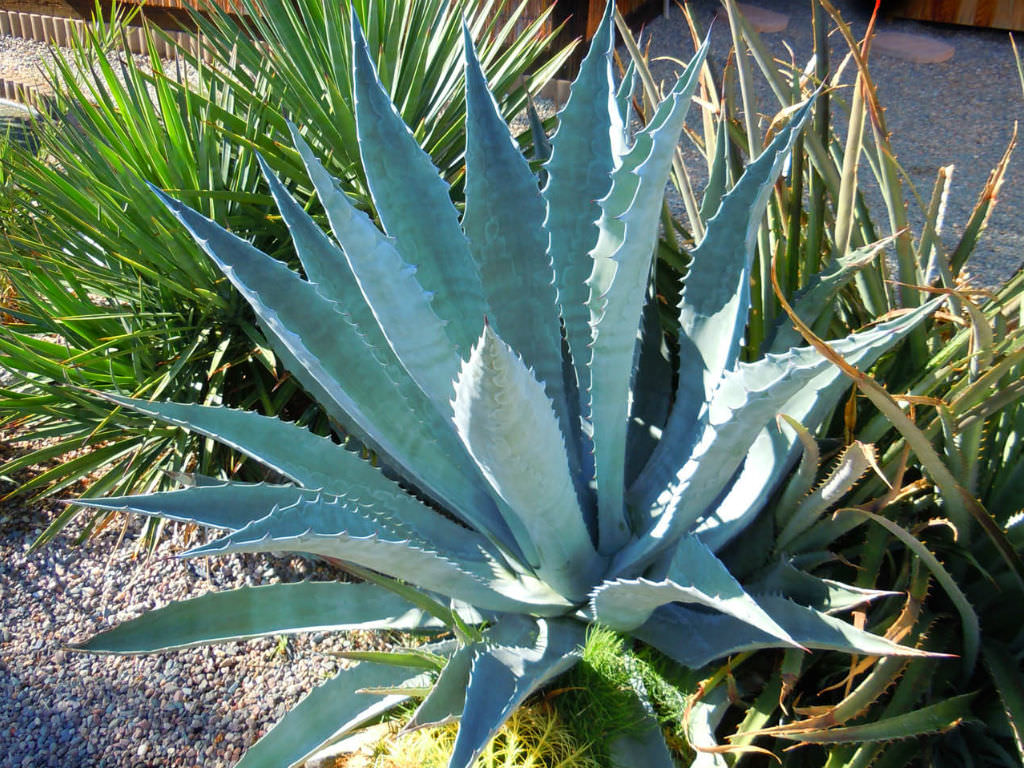
American Century Plant
Agave americana
The American Century Plant is large blue-green stemless succulent, featuring robust, spearlike leaves with sharp tips. In general, this agave reaches maturity around 10 years of age at which point it undergoes its sole, once in a lifetime bloom of beautiful yellow blossoms at the top of the plant’s tall stalk. Bats, birds, and insects are all important pollinators of this agave.
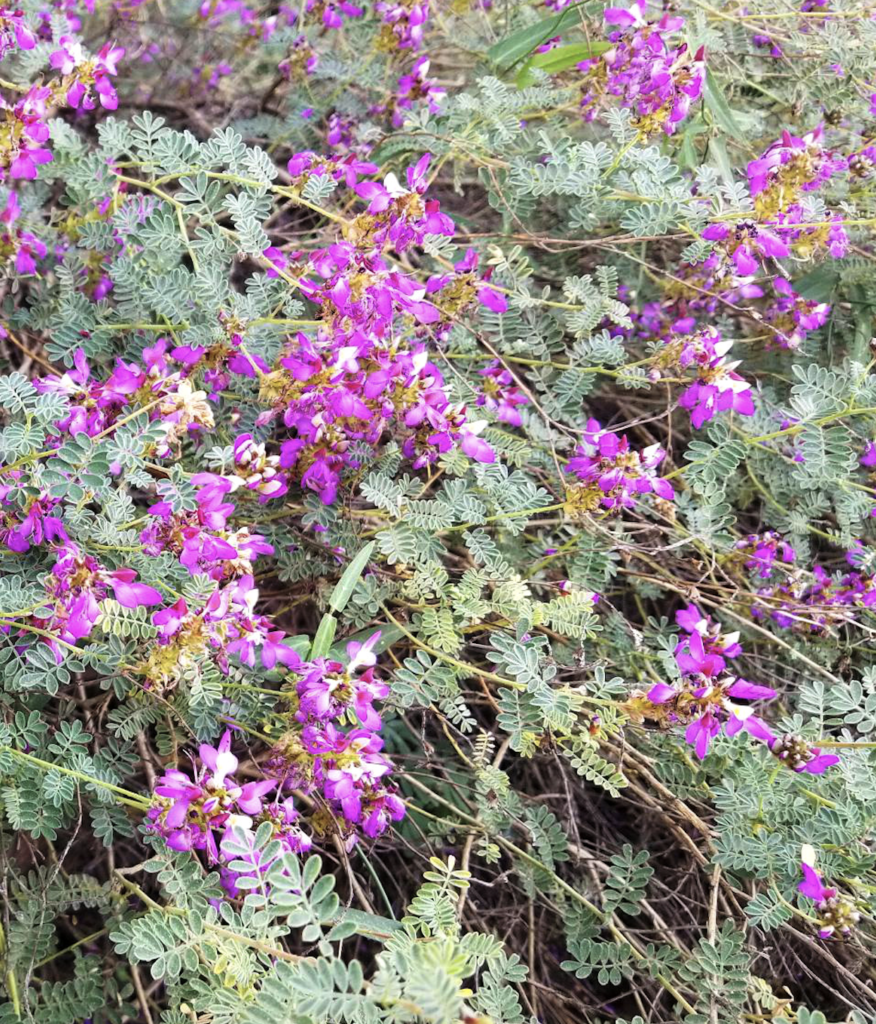
Black Dalea
Dalea frutescens
Black Dalea is a low growing shrub, only reaching up to 1-3 ft in height though still a valuable source of cover for small mammals to take refuge in. From Jul-Oct, this plant exhibits purple flowers which arrange themselves in dense heads at the end of its branches. This specific species is also useful for erosion control along degrading rocky slopes.


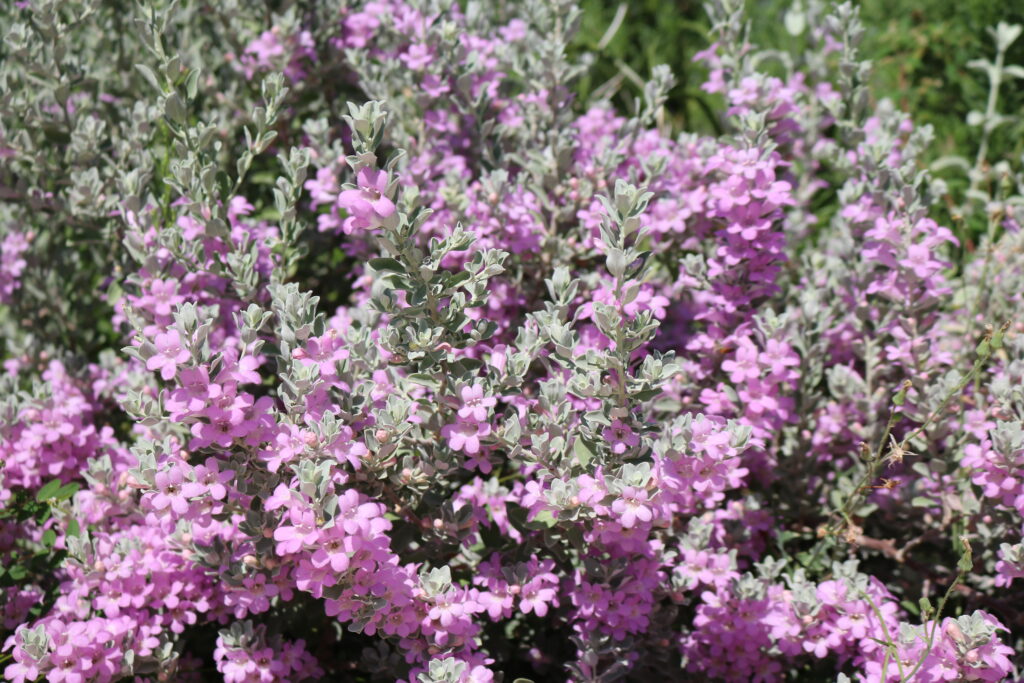
Cenizo
Leucophyllum frutescens
Cenizo is a medium sized shrub, native to the Rio Grande Plains and Western Edwards Plateau of Texas. Once established, this silvery gray plant is extremely drought resistant. A fun nickname for Cenizo is the “barometer bush” because the flowering of its purple blooms is typically triggered by high soil moisture and humidity following rains.
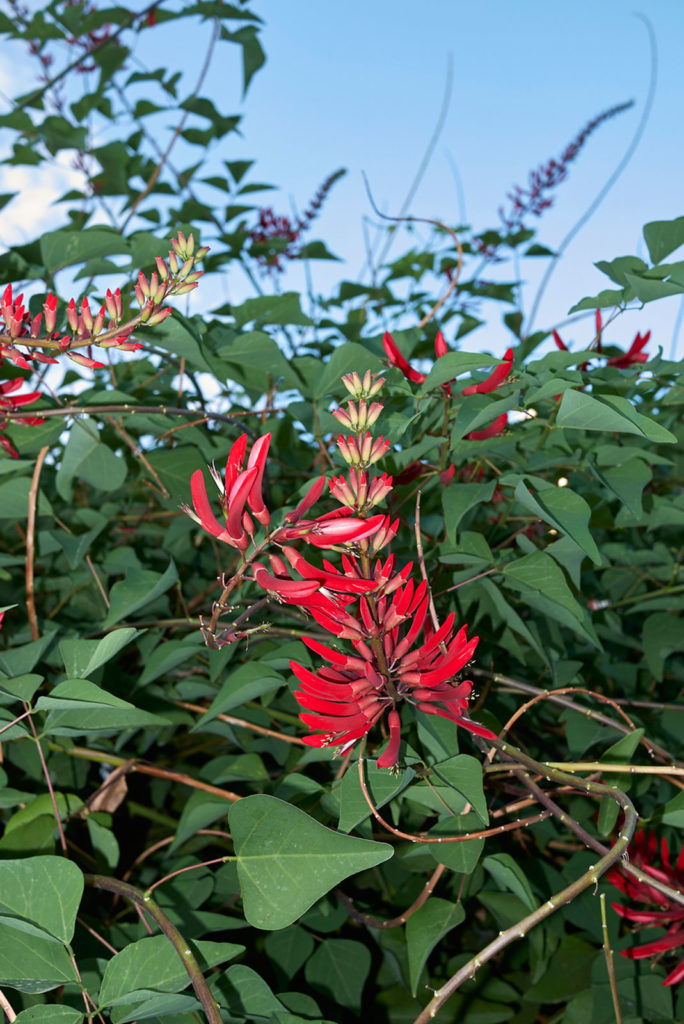
Coral Bean
Erythrina herbacea
From spring until fall, Coral Bean can be identified by its red tubular flowers which grow on tall stalks up to 6 ft in height which are sure to be seen attracting crowds of hummingbirds and butterflies. Although very beautiful to look at, the seed pods/seeds of Coral Bean are actually very toxic and should never be ingested by humans. Best to keep away from children and pets.


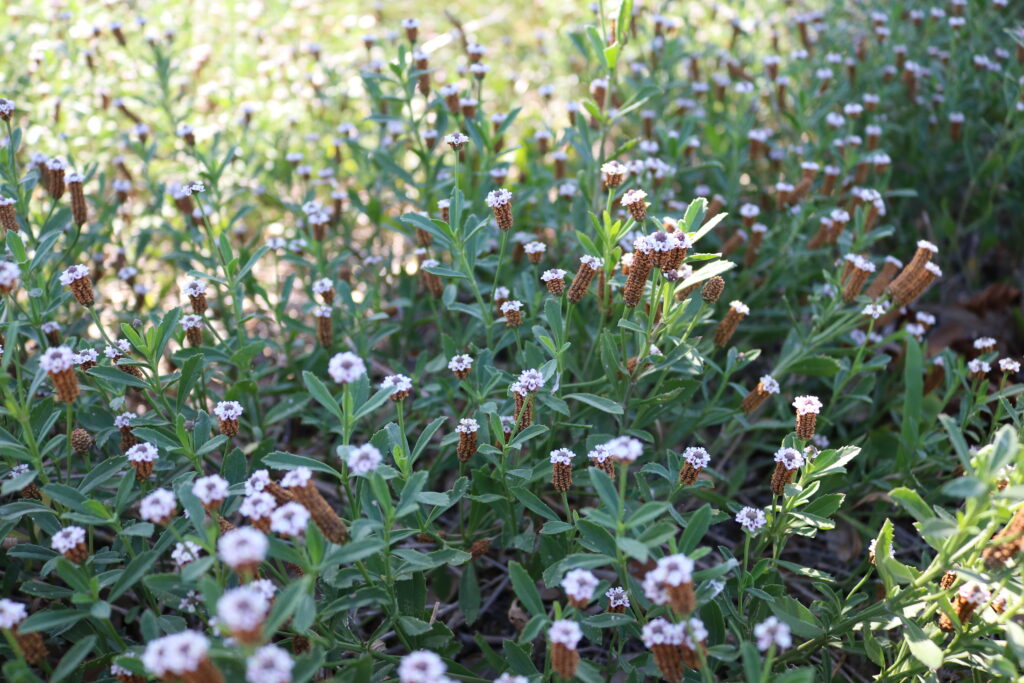
Frog Fruit
Phyla nodiflora
Frogfruit belongs to the Verbena family of flowering herbaceous plants and is native to the southern half of the United States. These plants are low growing, reaching only up to 5 inches in height at most. However, where they lack in size, Frogfruit makes up with its striking bloom of unique white flowers which can be seen between the months of May-Oct.
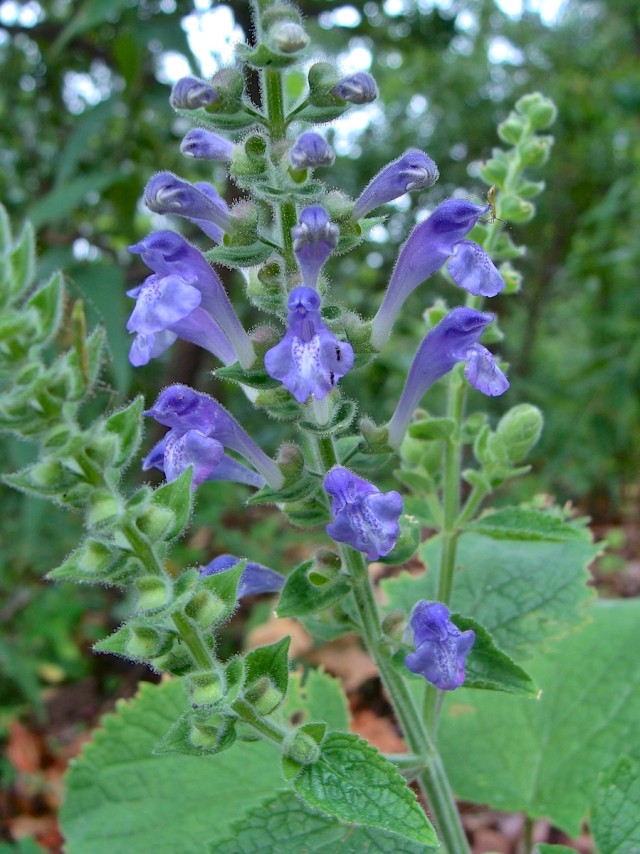
Heartleaf Skullcap
Scutellaria ovata
Heartleaf Skullcap is member of the Lamiaceae (mint) family. When in bloom, this non woody perennial exhibits blue to purple, two-lipped tubular flowers which attract beneficial pollinators and hummingbirds in the spring.



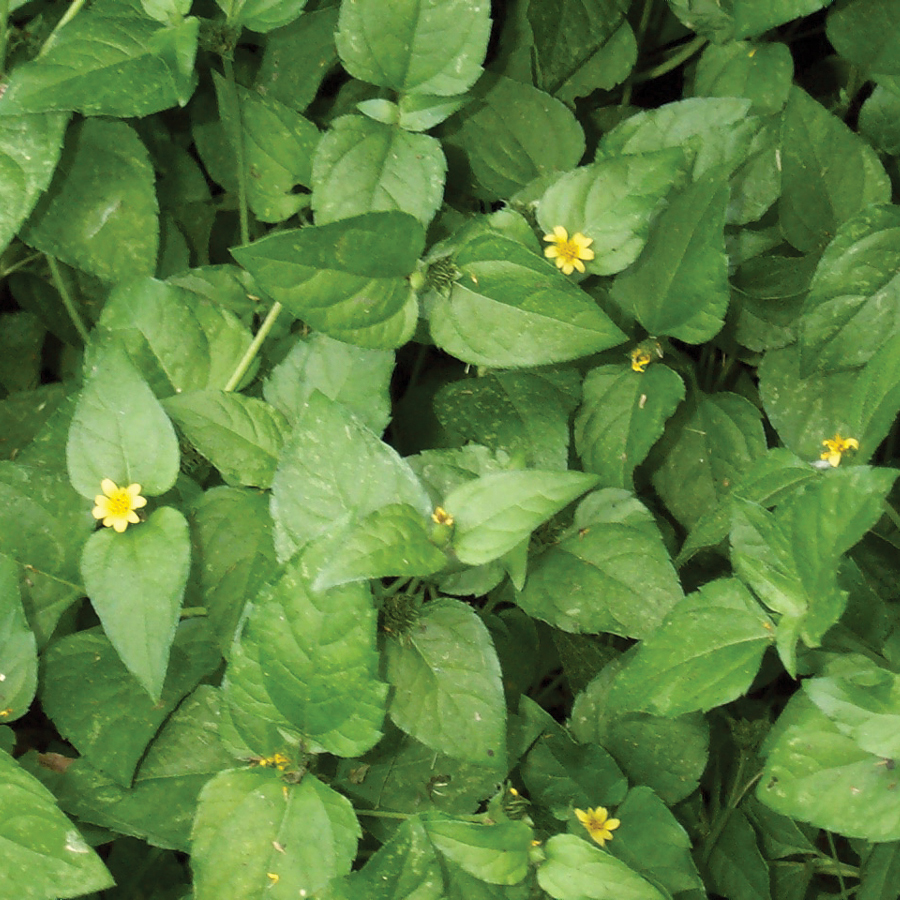
Horseherb
Calyptocarpus vialis
Sometimes referred to as “Stragler Daisy”, this native species thrives in both sun and shade and sports tiny yellow daisy flowers year round in frost free regions. This plant is sometimes viewed as a pest since it is extremely hardy and can easily dominate the area its growing in. Because of these qualities, some people see Horseherb as a weed to be pulled. That said, the plant is beneficial to its surrounding environment, as it is a nectar source for small butterflies.
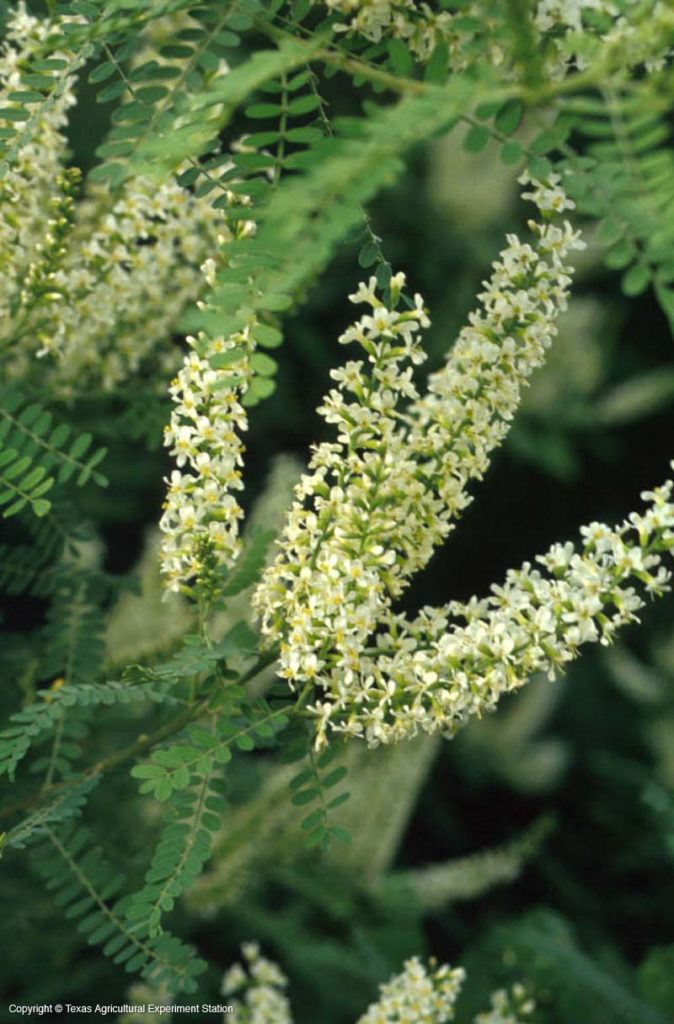
Kidneywood
Eysenhardtia texana
Native to south and central Texas, Kidneywood is an open, airy shrub which can grow to 10 ft in height. It features compact leaves and spikes of fragrant white flowers which bloom intermitedley from spring through fall.
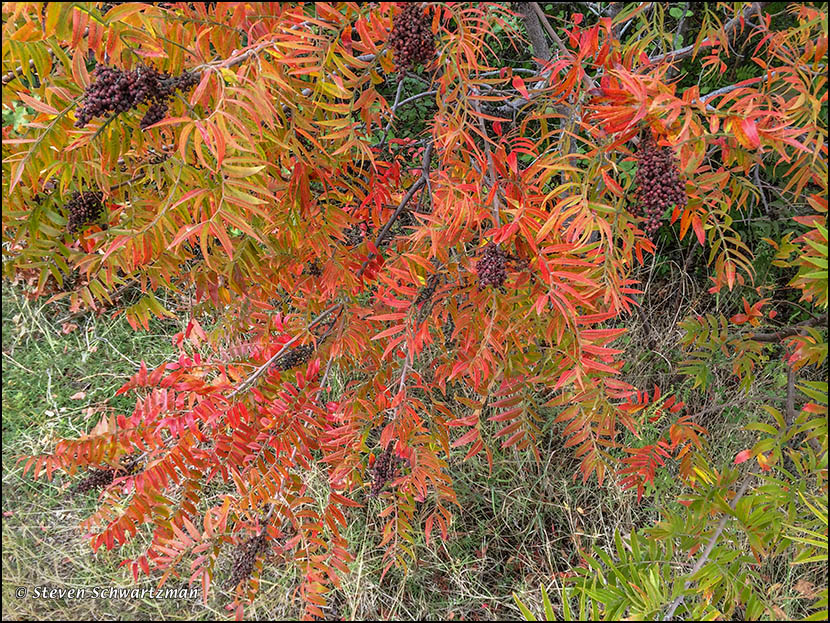
Prairie Sumac
Rhus lanceolata
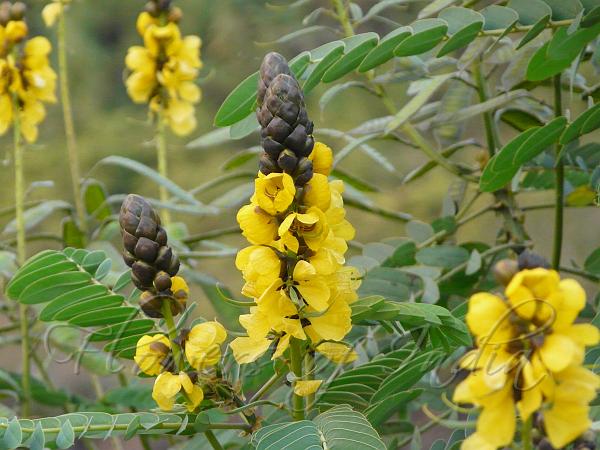
Two-Leaf Senna roemeriana
Cassia didymobotrya
Nonnative to Texas, though naturalized, Senna roemeriana is a flowering member of the Fabaceae (legume ) family that might catch your eye. It features large, bright green, leathery leaves and spikes of bright yellow flowers that rise above the plant’s foliage. When rubbed or bruised, this plant is said to give off a peculiar scent which has been compared to the smell of popcorn, peanut butter, and oddly enough.. wet dog.


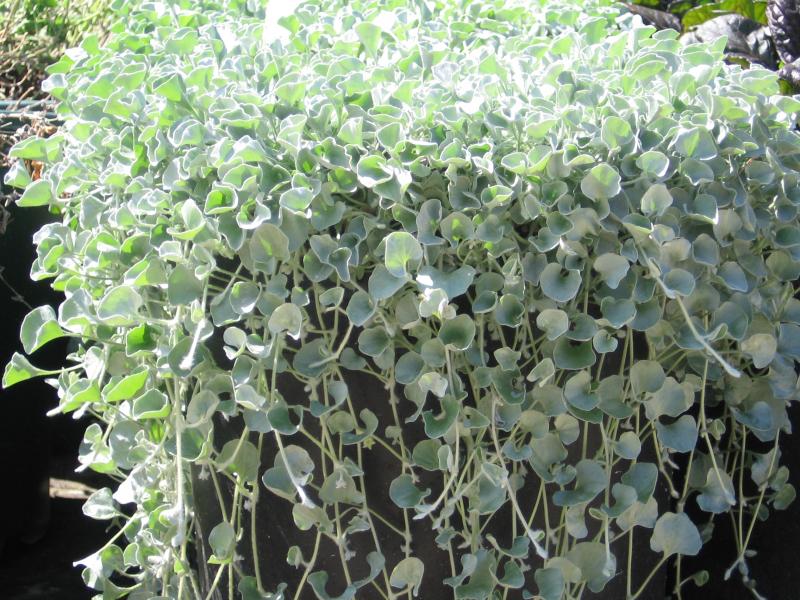
Silver Ponyfoot AKA “Silver Falls”
Dichondra argentea
Silver Ponyfoot is a hardy native groundcover which can both be used ornamentally and to aid in erosion control.
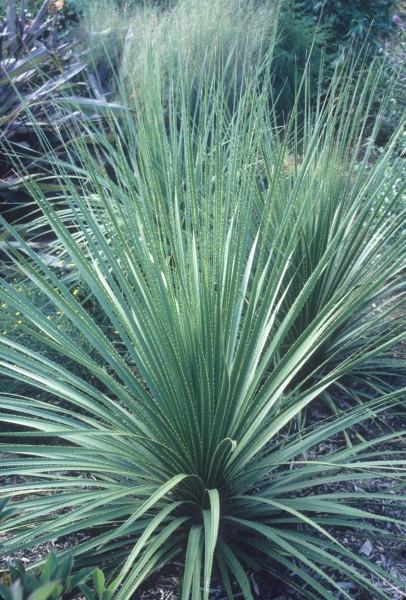
Texas Sotol
Dasylirion texanum
Part of the Lily family, the Texas Sotol features a 9-15 ft. flower stalk and is often mistaken for a Yucca Plant. When mature, its cream, green, and yellowish flowers attract hummingbirds as a nectar source. Additionally, throughout history Sotols have been utilized by humans as a building material for roofs, baskets, mats, ropes, and even as a liquor.
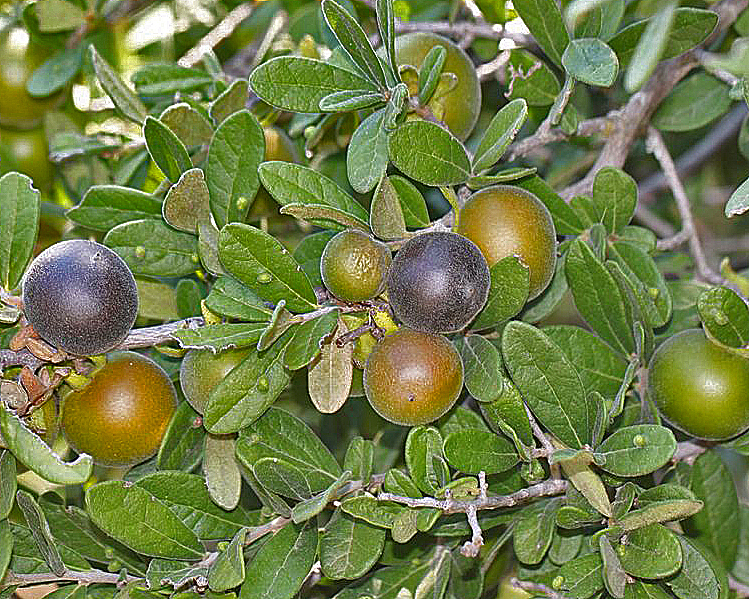
Texas Persimmon
Diospyros texana
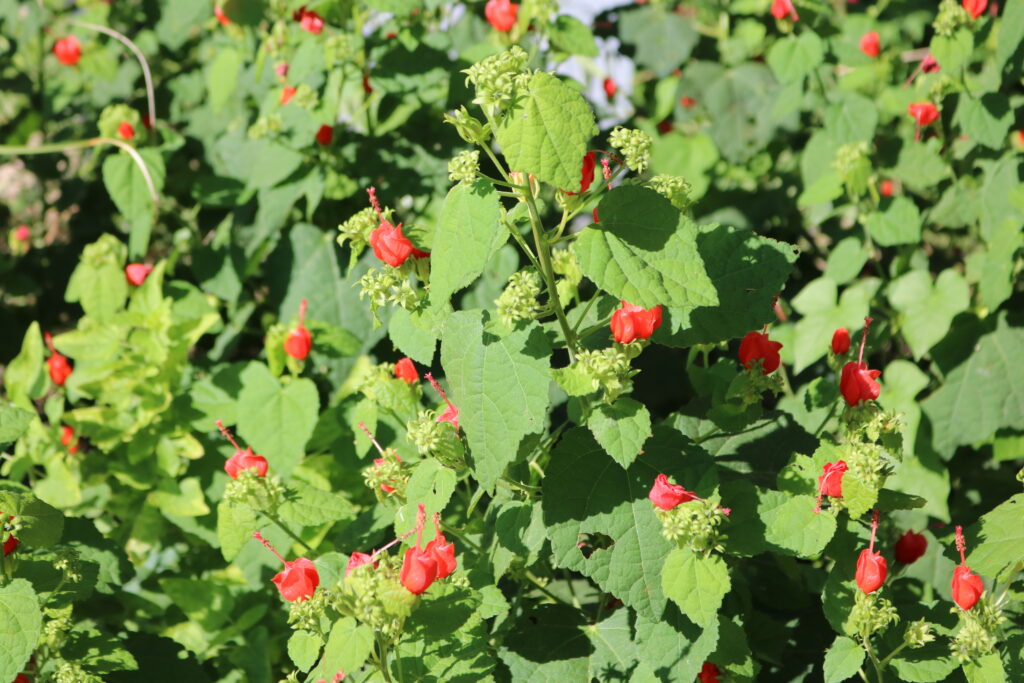
Turk’s Cap
Malvaviscus arboreus var. drummondii
Turk’s Cap is a small to medium sized shrub which can be easily identified by its showy, dark red flowers and overlapping petals that never fully open. Not only is this plant a favorite nectar source of a wide variety of pollinator species, but its fruit is fully edible and is a food source for birds and mammals as well.



